|
We're a few days away from getting to the end of our 2 week Firebreak lockdown here in Wales. The weather, to be blunt, has been dreadful for most of the 2 weeks. Not really conducive to getting out of the house even if you were allowed to get out and about. Meg has had the right attitude for the current state of play here. My quilting bug shows no sign of disappearing anytime soon. I finished this one this month, using up lots of oddments, combined with a couple of metres of neutral fabric. This is not the best beauty shot, but outside is not the place to be photographing anything at the moment and the only room with enough floor space is too dark to take good photos. There's another top that's finished, and another one with the quilt blocks sewn, but still needing to be joined. Throughout October Moda Fabrics were hosted a Stitch Pink Block-a-Day sew-along. I didn't quite managed to sew a block each day, but on Sunday I did have all 30 blocks sewn, plus 2 alternatives for ones I didn't like in the original layout. The original design uses shades of pink and white... not the most practical colours for this household. So I swapped to using navy, and then scraps of pink and green. This is the half-way progress... Things have not been quiet on a work-front. Two batches of 12 Days of Christmas parcels have now left the building. They account of most of the total that I'd planned to sell, however, I still have a few of the bags (I made less mistakes when printing than usual!), and plenty of the Merino & Silk, so there will be another small batch available soon with a different hand dyed fibre. If those all sell I can probably make a further batch, but they'll need to use the spindle bags from last year (I have lots of those spare). I've also been busy writing and filming. I've been doing some work on another article for Ply magazine, this time on dyeing. I'm not completely sure what edition it's ear marked for, because I've been asked if I can get everything done ahead of the schedule for the edition I'd originally proposed the article. The results, I think are really interesting, and left me wishing I had more than 1200 words! So in that spirit, because I always have more to say than I can ever fit in to articles I've got to work making the first of my new online workshops. I went through my list of workshops, picked out the most popular, and decided to focus on the aspect of it that most people highlight as being the thing they want to improve. So, if you'd like to get more control over the thickness of your yarn, there's now a new online course. I've chosen to do this in a way that is different to many of the online workshops currently being offered. Many instructors have taken their usual workshops and filmed it. I've decided to go for a more structured approach, with written information, photos, diagrams, with short video sections. Built in to the course structure are regular practical exercises, when you need to go away and work through a task. At the end of it you are actively encouraged to post photos to share your progress and ask for further advice. I trained as a secondary school teacher, and it's an approach to learning that I used when developing lesson plans and schemes of work. If you're intrigued there's now a new page on this site with lots more information. If you're in a guild or spinning group and want an online course or workshop, send me a message, my diary is normally filled to bursting with shows and workshops, so these next few months are your opportunity! Even once we get out of the current health crisis I'd love to carry on offering online talks and workshops to reach guilds and groups I'd not normally be able to visit. I'm still quietly knitting and spinning away, but it's nearly all in the pretty boring category, plain socks, normal jumpers, though I have been carrying on enjoying getting to know plant fibres better. This is a skein of 2-ply cotton. I started it at the end of the Tour de France, then finished it off during the Giro. I've already woven with some of it, because the next batch of tea towels from the warp I was sampling last month are now off the loom! They still need cutting up and hemming, so I'll leave sharing photos of those for another time.
The shop will carry on having new things added it regularly, I should have a big box of fibres arriving from Italy in the next couple of weeks. Brexit continues to loom over my head... adverts on the TV telling you to "Get Ready" "Make the Changes" just leave me wanting to throw things, because it's very hard to get ready for anything when you don't know what you're getting ready for. If you're in the UK, nothing will change for you. If you're outside the EU, nothing will change for you. If you're in the EU its very likely you will no longer pay VAT to me when you make your purchase, and will instead pay it to your postal service to pass on to your own government. As we get closer to January 1st I'll make sure to get things set up so that you are not left paying VAT twice, particularly for club payments. Once I have a little bit more clarity about exactly what I'm going to do I'll write it all out, in part I am waiting to see what the companies I use to process financial payments will do. It's all a bit of a nightmare, but please bear with me. August went by with no monthly round up... For someone who is mostly staying at home it's amazing how busy life has been. We've had visits from family, who have been making the most of the opportunity to get out of the city and spend the time with us in the countryside. I'm not feeling very positive about our chances of not needing further restrictions as we go in to winter so we grasped the opportunity to see them and spend time with them. I was also really busy making sure all the things I needed to do for my Fiberworld booth were in place, and of course there's been the building of the new Mighty Networks Group. Speaking of the new group, it's also our new home for all things Tour de Fleece, which we are doing again for the second time as the riders race. Please come and join us, here's lots of beautiful spinning going on. In addition to Gin, Tonic and Not-A-Squirel we also have 3 new young females chicken which were purchased a few weeks ago. All 3 are complete characters, who escaped their isolation cage less than 12 hours after arriving, and have carried on their Dugoed life in much the same spirit of adventure! All 6 have formed one large gang, and have settled in really well, and have decided that the outdoor furniture was purchased purely for them to have somewhere comfortable to hang out. The new babies are still hanging around with Ebony, weeks after most female chickens usually give up on mothering their babies! She's slightly less protective of them, but will still find food for them, and they go everywhere together. We're reasonably confident that both are females, though it's hard to tell with the Polish genes that are still running through the flock, so have gone for Juniper for the baby with the quiff (that's the questionable female), and Myrtle for the other one. I'm still plugging away at a secret sewing project, so nothing to show off on that front, but I have woven another of the projects from Jane Stafford's Online Guild, this is the gamp from Episode 1, which is just a simple 2 colour stripe to experiment with 2/2, 3/1, 1/3 and basket weave. The original sample of just done in grey and white, but as ever I went off piste and introduced more colours to give me more options to play around with patterns. This set go perfectly with our kitchen, so they're already in use! The next warp is wound, I thought I'd be clever and use up the cone of blue I'd used as its of weft in these towels.... and then ran short with a quarter of the warp left to wind. So I had to order another... and then to make the most of the postage I added a few more colours. This weaving thing is leading to serious stash multiplication! Now all I need is a day with enough energy and brain power to get the warp on the loom and threaded. Hopefully this weekend. I have got a shop update of fibre in the drying shed that is waiting for photos. I'd hoped to do it today, but I'm not sure I'll be able to fit it in... keep an eye on your inboxes! I've also been planning ahead. Yes, the 12 Days of Christmas parcels will be back again. The fibre is ordered, and this is going to be the design on the hand printed bags. I'd done some sketching around, and not come up with anything satisfactory, and then a friend shared an instagram account with me and everything fell in to place. Wash your hands seems to have been the theme of this year, along with all the helping hands, and the pointing fingers highlighting governments not doing the right things.... As creative people our hands are our tools, I can make yarn on just about any piece of equipment because my hands are the most important thing in my tool box. Anyway, they've all been set in a festive bauble, my hand drawn version of printers manicules that will then be carved on a block of lino ready for hand printing. The contents of the parcels... well that's a surprise as ever, but there will only be one colour choice this year. The fibre is already ordered and once it's here I'll be able to make them available to purchase. It should be sometime in October. There will be 100g of hand dyed luxury fibre, and then 11 parcels of 20g of co-ordinating fibre. All parcelled up individually and in a hand printed cotton drawstring bag. They're going to cost £37.50 (ex VAT), £40 (inc VAT), and will be posted to you in good time to arrive before December 25th when you are scheduled to open your first parcel, and you then get a parcel every day after that until January 5th. I've been writing away about doing things to make you a better spinner for a few years now, and recently filmed an hour long lecture for Fiberworld, that may be available in the near future for people who weren't at the event, either through Fiberworld, or if they choose not to take up the first refusal rights in my contract (or I decide that I'd like to go in my own direction). Meanwhile, because as always I have more things I'd like to do than I have hours in the day, I've written an article for Ply Magazine about using a control card. The Basics issue is out now, and is filled with things that will make everyone a better spinner, no matter your level of experience. Digital copes are available direct from Ply, as are printed copies and subscriptions, or they have distributors in most parts of the world. Happy Spinning everyone, look after yourselves. Wash your hands, wear a mask properly, stay 2m apart from people outside your household, and if you're in the USA go and vote!
True to the rhyme, the Cuckoo came in April, he sung his song in May, and in June he has changed his tune. The cuckoo was the constant back ground noise to May, stepping outside in the glorious weather and pausing for minute was almost a guarantee that you'd hear the calling. We think we may have seen one flying up and down the valley a few times... but at a distance, and to our inexperienced eyes it's hard to work out what could be cuckoo and what could be pigeon! The garden has enjoyed the sunshine, but the almost complete lack of rain in May has led to a lot of work trying to keep things watered, and we're starting to cast nervous glances at our water supply. A neighbour who relies on a small stream has already run dry, but thankfully our marsh and spring seem to be more reliable. Our local walks have continued to show how much the beauty round here makes up for the inconveniences of a non-guaranteed water supply. The Bluebells are all over now, but for a brief while lit up the patches of ancient woodland that remain the steep valley bottoms.
There's been weekend crafting going on.... I'm working on a secret quilt project, so no photos of that. And, using my tried and tested method of buying/making things for summer I sewed a pair of shorts. Well actually I sewed 2 pair of shorts. The first pair suffered from size delusion, so actually fit Mum, though this will mean checking outfits before we leave the house together. Rubbish, non-modelled photo, but they have beautiful pockets, and an elasticated back waist, and the pattern also includes instructions for trousers. I added length to the legs, because I like more thigh coverage, which was simple enough, but you need to do it lower in the leg than shown on the pattern as the "add length" marking is to change the amount of rise. The pattern is Pietra Shorts & Pants from Closet Case Patterns. On a side rant.... pattern designers, I get that you want to show off that your design has pockets, but please just give me one shot of the model without hands shoved in pockets. I typically don't wander round with my hands in my pockets all the time, so that means I want to see what things sit like without a hand shoved in to the pocket. I also sewed a couple of these, and I like the end result, and it does what I want it to do, but the actual pattern is a car crash of questionable sewing choices. I made the one on the left first as a birthday present exactly as written, and then made the second one for myself with heavy modifications to the construction method. It still didn't go together perfectly, but was a much easier sew than the first one. Mine now hangs from my loom and holds my wound paper quills. And finally at the every end of the month. A bit of brightness to distract me through the next month. Three new baby chickens, and their trusty Mum Ebony. They're few days old now, and looking really good. All 3 are currently black and fluffy, it will be a while until we know wether they're male or female, so fo now they remain nameless, until inspiration strikes, or I come up with some good gender neutral names, or inspiration strikes and that's how I ended up with a cockerel called Lilley...
The last week has felt tough. The constant feeling that your own government is actively working against the people of the country gets somewhat wearing. On top of the mess of Corona Virus, we're also less than a month away from the deadline to sign an extension to the negation for the extension period for Brexit. The Conservatives seem determined that it's all going to be just fine, and if they say it loudly enough then course it's going to happen. I have friends in the civil service, staff that were working on no-deal Brexit planning have needed to be redeployed to managed the Corona Virus response. If you think the food shortages this spring were bad then just wait until December and January. We are not ready to leave without a deal, and businesses are so busy battling to survive than any forward planning capabilities they had have been eaten up by virus response. The website They Work for You is an excellent resource for checking up on your local MP, and providing contact details to urge them to push for an extension to the Brexit deal negotiations. The food and agriculture standards that are currently up for negotiation are horrifying, and this is just the start. And then of course there have been the Black Lives Matter protests. If you're new here.... go read the archive. I've made my views on this known repeatedly over previous months. If you're in the UK and looking on at the horrors in the US know that the UK is by no means a land free from racism. It's different, but people who are not white, are discriminated against on a daily basis. Here's a thread of concrete actions you can take that will have an impact in the UK. If you're in another country go away and do your research, don't be that person who posts a black square on social media and then goes back to your comfy quiet life. On a business front it's going to be a case of making monad from lemons. I always hold a good stock of the bases I use, but many of them are custom made for me, and the mills aren't currently back to full time production. As a realist expect to see a few more unusual guest bases popping up over the coming months. I did enough advance planning at the beginning of March to ensure supplies of fibre for the Time Travellers Club up until June, and hopefully have already got plans in place for July. On 1st July the price for US postage will be rising dramatically, costs have risen to Royal Mail by 50%, and they have to pass these prices on to their customers, and I'm afraid I need to pass those prices on as well. I always charge as close to cost as possible. One thing that has changed is that the gap between standard postage and tracked postage has narrowed, so I have now turned on the option to pay extra and get international tracking (this option is now available for all international parcels, not just US ones). Here's the new prices for the USA- Up to 250g - £10.00 standard £13 tracked Up to 500g - £15.00 standard £17 tracked Up to 750g- £18.00 standard £20 tracked Up to 1kg - £21.00 standard £23 tracked 1kg Plus- £25.00 standard £27 tracked Club parcels, as ever, are particularly effected by postage price rises. I now need to add a £3 postage surcharge for all USA parcels. If you're a current Time Travellers Club member your subscription has already been edited, and I've emailed to let you know. If you're a Gradient Club member then I will be editing your subscriptions next week before your July payment is taken. If you're joining as a new member then there's now an extra question in the checkout process to allow me to collect this extra amount to cover postage. We're gearing up for the Tour de Fleece in the Ravelry group. Our team fibre is now ready to be purchased, we've got a beautiful collection of colours of 14.5 micron Merino. As ever we'll be donating some money to Qhubeka from some of the proceeds from this fibre (25p per 50g between now and the end of the Tour). We've supported this charity, which aims to put people on bikes to allow them better access to education, work and healthcare, for a number of years now. Our donation in 2019 was used as part of their Learn to Earn work in Giyana High Schools. There have been a lot of pre-wound warps going to new homes over the past few days, and lots of people will shortly be trying to put a pre-wound warp on to their rigid heddle loom for the first time. Most of us who started out with rigid heddle looms have probably only ever used the direct method of warping, but it's just as simple to put a pre-wound warp on your loom. There are lots of resources on the internet, a few You Tube videos, but not very much by way of step-by-step photo tutorials, which is my favourite way to learn because it makes it very easy to follow the instructions as you work, without trying to pause a video, or wish it would get to the point, or go a bit more slowly. This is my method, it's largely the same as the one in Inventive Weaving on a Little Loom (UK Book Depository link, they're a great alternative to Amazon for books, or see if your local independent bookshop can get you a copy). First un-chain your warp. You need to identify which end has "the cross". This is a criss-cross pattern put in as the warps are wound which hold the threads the correct order and stops them getting tangled. In the photo above it's on the right hand side, the end also has more ties, including one around the cross itself, and one in the loop above the cross. Do not cut any ties until you have assembled all your equipment. I recommend using lease sticks. These are sticks that you are going to insert either side of that cross to hold your threads. If you are only doing a narrow warp with bulky yarn you can get away with just using your hands (but you are then attached to your loom until you have completed the warping process. You need 2 smooth sticks of some sort. I have some dowel, but you can use bamboo canes or flat pieces of wood (the slats from blinds work well). The first step is to identify the 2 loops either side of your cross. Pull each of the ties in that loop in opposite directions and it should open up. (This is easier when you can do it with 2 hands and don't need one hand to hold the camera!) Once you've opened up your loops slide in a stick, one on each side of the cross. Then attach your sticks together in some way. You can drill a hole through your sticks/dowel and thread through some string, but a loosely wrapped elastic band also works, though you do need to leave enough space between the sticks for the yarn to slide. Only once you have done this can you remove the ties. Be careful... you only want to cut through the ties and not the strands on your warp. Start to spread your warp out on your lease sticks, and work out where you need to start threading your heddle in order to wind your warp on in the centre of your loom. To do this check how many ends your warp has, and divide it by 4, we'll call this number X. Fid the centre of your heddle, and count along X slots. This is where you will start threading your warp through the heddle. The exact method of the next step will now depend on the type of loom you own. If your loom has a removable apron rod (the piece of dowel held in place with texslov cord that you warp your yarn around when direct warping) the next step is simple. If you have a loom with a fixed apron rod (eg Ashford looms), you can either modify your loom to make it removable, or will have to cut the loops open and tie your warp in place on the back beam just as you would normally do on the front beam. This last method will increase your loom waste, and will require care if you want to keep your colours in your warp aligned. To modify your loom you'll need to remove the plastic rods holding the rod in place, and replace them with texsolv cord, this seems to be nigh on impossible to find online in the UK at the moment, but have a search, you may have more luck than me! Slide your back apron rod out of the loops on the texsolv cord. If you can, leave the loops open, it will make it easier to slide the rod back in place once your warp is looped on. You're now going to thread each loop through a slot in your heddle, and slide it on to the back apron rod. The cross will keep the threads in the right order, just make sure you are not pulling a loop from the next group pf threads as you work. If your warp is wool and has got slightly fuzzy as it's been dyed and rinse you may need to give the threads a good wiggle to work them free. This is fiddly to start off with, the process is easier if your lease sticks are wide enough to rest on the frame of your loom, or you can come up with a way to tie them in place. Once you can slide your apron rod in to a second loop of texslov the whole process become much more stable. Keep going across the whole loom, threading loops in order, making sure not to miss out any slots. Once you're done your loom should now look like it does when you use a direct method of warping. Loops of yarn around your back apron rod, and 2 strands of yarn through every slot, and the remainder of the warp dangling off the loom. You are now safe to remove your lease sticks (the eager eyes will spot something odd going on with my sticks and that some threads aren't wrapped around them properly.... safe to say warping is a job that requires 2 hands and not 1 hand for your loom and the other for the camera. Bad things happened that required a little bit of resolving, fingers crossed it won't cause issues as the warp is wound on, make sure your lease sticks are attached together firmly!) Using one hand to add tension to the warp, and the other to turn the back ratchet, slowly wind your warp on to the loom. Add packing paper or cardboard strips to stop the warp threads overlapping one another and causing uneven winding. Cut the figure of eight ties as you wind. Eventually you'll have wound all your warp on to the back beam and be left with the loops that are attached together at the other end of the warp. Cut the ties holding these loops, and cut the loops themselves open. Now take one of the pair of ends that is going through each slot and transfer it to the next hole. You're now ready to attach your warp on to the front apron rod. You can do this by tying directly on to it, but I prefer to lash it on, as that creates less loom waste, and I find it easier to adjust to get an even tension. To do this take a small bundle of warp yarn, fold the end back, then tie an overhand knot creating a loop. Repeat across all of the warp, then take a length of strong smooth, non-elastic thick thread or string (linen or crochet cotton is ideal) and pass it through the first loop of warp yarn, then take your lashing thread and pass it round the front apron rod, pass the thread through the next loop of warp yarn, and then back around the apron rod. Repeat until all the warp is attached, you'll need to keep pulling the yarn through the loops as you work.
Now ease the lashing thread through all the loops until you have a similar tension, and tie off both ends around your apron rod. Tighten the tension slightly and ease the lashing thread until all your loops feel like they have an even tension. You're now ready to start weaving! From the very beginning of my business I've always wanted to see what people make from the fibres they purchase. Every 3 months, in the Ravelry group, I host a prize thread where you can win gift certificates just by posting pictures of spun yarn, and the things you have made from your handspun yarn. The thread is one that's just filled with pretty pictures, there's no extraneous chatter, which I hope takes the pressure off posting. No need to worry that someone will say anything negative, or or that your post will get ignored when everyone else's gets loads of reactions. It's not competitive, it's just a place to enjoy the beauty of things made by hand. The next 3 month round is already up and running, and I'd love for you to come and join us. Here are a few of my personal highlights from the last round. The photos should link to the appropriate Ravelry pages if you want to find out more about a project or a skein of yarn.
It's been a quiet month. A minor relapse of my Menieres disease has meant I've not been able to drive, which isn't really an issue when it's the holidays, but does start to become a little bit tiring when you want to get back in a normal routine. Things are looking better health wise though, so hopefully I'll be back to being independent soon. The quicker they can develop real-world safe driverless cars the better so far as I'm concerned! So as a result there haven't been any exciting trips, or exploring of new places, I've been busy getting lots of work done, making plans, and enjoying the signs that winter will be coming to an end. My sewing has been of the secret variety, which means it needs to stay under wraps for a few months. I have also transformed an Ikea table cloth in to a pair of dungarees, but alas there is no photo of me wearing them. I have managed to finish a shawl that I started during some mammoth train journeys back in November. This was a handspun skein of Yak, Alpaca and Silk, one of the very last braids that still used Royal Baby Alpaca, before I had to switch over to Baby Llama. There's still some of the Llama version of the blend in the shop, and it's lovely, but I'm very pleased that the next batch of this base will be able to go back to using the softer Royal Baby Alpaca, because it spins and knits up so beautifully. The Baby Llama is nice, but is a slightly higher micron count. I've also managed to get 2 skeins spun as part of the Hilltop cloud New Year Stash Clean I'm hosting in the Ravelry group. The aim was to take the oldest fibre in your stash and turn it in to yarn... no excuses allowed! These 4 braids had been staring sadly at me every time I opened up my fibre storage box, so I'm very please that they're now yarn. I've also been developing new ideas. I'm teaching a workshop at Oxford Guild later this year, and we'll be spending some time dyeing weaving warps. I've done bits and pieces of this before, but when I'm teaching I like to be pretty well practised at a skill so I know exactly why I'm recommending a particular method (the photo above is from a test that doesn't work!). One of my good friends is an experienced weaver and is testing the finer warp for me, and was bemoaning that this sort of hand dyed warp is really hard to get in the UK. So after she gave the test warp a glowing review I've taken the plunge. There will be hand dyed gradient warps available on the stand at Wonderwool, and in the online shop shortly after that. I've started off with a 2/20NM Tussah Silk lace weight (1000m per 100g). This one will be for the weavers with multi-shaft looms as it's a bit fine to use successfully in a rigid heddle. There's also a 2/8NM Tussah Silk fingering weight (400m per 100g). This will work on both multi-shaft looms and rigid heddle looms. And finally a 2/7NM BFL fingering weight (350m per 100g). Again, this will work on all loom types. I'm going to do a consistent warp size for now, with each warp designed to produce a generous size scarf/small wrap. This was a test of an ombre gradient dyed on the 2/7NM Tussah Silk, woven on my rigid heddle using a 10 dent heddle, the weft is some alpaca fingering weight that I unearthed from the deep stash! I've also wound on a test of the BFL warp, this is dyed in repeating stripes, so there will be subtle bands of colour running across the scarf with slight feathery edges. This one is still on the loom, but it's looking very pretty.
I've never wanted to start selling yarn as well as fibre, because there are already many people who dye yarn very well, and even though both processes seem like they should be the same, the reality is that dyeing yarn and dyeing fibre are two different beasts. Warps however, behave very much like a length of combed top, so all my dyeing skills transfer really well to this. Dyeing for wonderwool has already started, as there's only 80 days to go, but there still should be lots of new fibre popping up in the online shop over the next month. It's very rare for me to dye my fibres using a recipe... I have a very small number of instructions written down, but generally I enjoy the creative problem solving of continually coming up with new colour combinations. However, doing that means I need to have a really good understanding of my own palette of dyes, and which colours to use, and how much to use of them. I generally dye with pure primaries (red, yellow, blue, turquoise, magenta), but also make use of pre-mixed browns, a black and a grey, and also use a violet, orange and green. My palette of dyes isn't as small as some dyers (who only use primaries and black), but pretty small compared to others who use a lot of pre-mixed colours. Familiarity means I know my particular set of colours really well, and can usually nail the colour I am after on the first attempt. When I teach dyeing workshops I'm often asked how I know which colours to use, and in reality there is nothing that beats practise. You can do this by creating a recipe book or sample cards, but this can be time consuming and expensive in terms of materials. I also recommend a couple of games to people who want to create a better idea of colour sense, because I do firmly believe that it's something you can teach yourself to be better at. Blendoku, and I Love Hue both use similar principles of arranging coloured tiles in to the correct order. They're really handy for developing ideas around colour combinations, contrasting colours and the effects of adding tints and shades. Now my Mum knows that I have an interest in colour, and in textile history, so she bought me this for Christmas. It's a 1951 recipe card for the use of acid milling dyes on yarn, together with details of the lightfastness, wash fastness and any particular notes about the individual dye colours. There's a few instructions here that would definitely not be recommended for the home dyer, bichrome is another name for Potassium Bichromate, which is a known carcinogen. This website doesn't render very well, and unfortunately the pictures and text have ended up overlaid, but there's plenty that still readable and it tells the story of ICI and the British Dyestuffs, who are sadly no longer producing dyes in the UK. I found copying and pasting the text in to a word document made it much more legible.
One of the many reasons I will be watching nervously over the next few months is to see how the British Government handles the integration of the chemical industry. EU legislation means we know that the chemicals we can buy, and that are used to make just about everything are safe. Whilst we were part of the EU any chemical registered for sale here could be sold throughout Europe and UK companies can buy chemicals from Europe on the same basis. All testing is in the public domain. The government has decided it no longer wants to align us to those standards, that means UK manufacturers will face added expense to sell their chemicals in the EU, and from a dyeing perspective means any EU suppliers will have to register their products with a UK agency in order to sell in the UK. In short... the whole thing is an absolute shambolic mess, and instead of cutting the red tape that was promised by Brexit it's going to lead to increased costs, lower safety standards, and shortages. This twitter thread from an expert in the chemical industry makes for chilling reading. I've managed to take some photos of some spun skeins of my new Heather Silk. As ever, with this style of blended fibres taking photos is rather tricky, because the multi-tonal effect really plays tricks with the camera sensors. Add in the high shine you get from mulberry silk, and you end up with a very large number of rejected photos! For each colourway I spun 2 different samples. One was spun using my normal silk draft. Straight from the end , with a moderate degree of twist, and then plied to balance. It creates a smooth, very shiny yarn with excellent drape, and huge amounts of lustre. The other sample was spun using the style advocated by Sara Lamb (author of The Practical Spinners Guide- Silk). This sample was spun from the fold, using small chunks of fibre, with as much twist as I could bear to put it, and then plied with lots and lots of twist. This yarn will be harder wearing, more resistant to abrasion, but isn't quite so shiny, and doesn't drape quote as well. If you'd like to know more about twist levels in silk then I wrote an article for the Fine edition of Ply magazine a few years ago, and also shared some close up photos on the blog. If you prefer videos over words, then this video, filmed for last months Non-Wool Club should help. In addition to effecting the structure of the yarn, the spinning technique also has an effect on the colour. The silk is made up of lots of very thin streaks of different colours . When you draft straight from the end of the fibre you draft in fibres from multiple streaks of colour. When you draft from the fold you sometimes end up pulling in fibres from just one colour. Spinning from the end produces a yarn where the colours are more blended together, as the act of drafting carries on the blending process. Spinning from the fold produces a yarn where you get more flecks of yarn that are only a single colour. In the photos below the yarn on the left was spun from the fold, the yarn on the right was spun from the end. Hopefully if you've been wondering about how this fibre spins that might help answer some of your questions, and help with your design making process if you've already bought some of this fibre.
Firstly, Happy Third Not-Brexit Day! And with it comes my only bit of public information, make sure you are registered to vote. You can do it online, and is something you need to do if you've recently moved home. If you are a student you can register at your home, and university address, but you should only cast your vote in one location. Being on the electoral register doesn't require you to have a permanent residential address, and you can also do so anonymously if you feel your safety is at risk due to being on the electoral register. The weather in December can be grim... if you know you are likely to be put off heading out in the rain and cold, then register for a postal vote. For anyone not in the UK, this is good news, as it means my parcels will carry on going to you in a seamless manner. It also means I can carry on importing fibres from Italy for the next few months and not need to increase prices due to import duties and increased courier costs. I'm very pleased about this, because I have some new Italian fibres, and I can now carry on expanding the range. These are pure Mulberry Silk, created just like the blended wool tops that we are now all very familiar with. They draft beautifully, and turn in to yarn with really subtle variation, but not so much that they will swamp a lace pattern. The first 3 colours are now in the shop in 50g, 100g and 200g size options. I've just finished spinning some samples, so keep an eye out for a blogpost in the next few days showing what happens to these fibres when they're turned in to yarn. We had a lovely time at Bakewell Wool Gathering, with lots of people going home with some fibres they'd not tried before. Apart from that I've had a very quiet month, there's been the usual autumn cold that wiped me out for a few days. I only managed to squeeze in one shop update due to getting the 12 Days of Christmas parcels ready. They've all gone in the post now, with just a couple of the Mulberry Silk option left if anyone is still wanting a Christmas and New Year treat. If you're thinking about making your own version (maybe as a guild Christmas party activity?) then I do have some spare bags, and they're now available to purchase. I do however have a shop update that is in the drying shed right now, and that should be going up in the shop tomorrow. It's not been all work though, I took myself off to Erddig whilst waiting for a sewing machine to be serviced, and had a lovely day. There were apples, spinning wheels, and gardens. I can recommend a visit, I'll be going back with Mum in the summer when the gardens will be in full glory, and all of the hall will be open. On a personal creative note, this month has mostly been about getting a head start on my Christmas crafting. A few lucky people still get hand made gifts, which sadly means I don't have any photos to share.
There is a handspun jumper that is nearly off the needles though, so fingers crossed for next month. The last month has felt very different to the previous years. For the first time in 6 years we didn't head towards Yorkshire to trade at Yarndale. I've already had a few disappointed comments from people who were sad not to see me there, but it's been such a good decision for me to do fewer in-person shows this year. It's meant I've been able to teach more (which I love doing), experiment more, and take more time off. On a work front, the first batch of 12 Days of Christmas parcels are very nearly ready to be sent out. I'm just doing the dyeing today, will be collecting the surprise extra tonight, and should have the first set of parcels packed and ready to be posted on Monday. After that I will put the next (and final) batch of parcels up for sale. The spectre of Brexit continues to linger over my shoulder. For the past year not a day has gone by when I've not thought about how to ensure my business will survive. One of my Italian suppliers has just contacted me about some really exciting new products, and I'd love to start stocking them. But it's just such bad timing. I could probably have the first batch delivered before we crash out, but then the any re-stock would face an immediate price rise as I'd have to pay customs fees, and admin fees to import those goods. If you're a customer in the EU I will try to make sure that you get your orders quickly, particularly the club orders, over the next month. Going forward, should we leave it's likely that your higher value parcels will be subject to some sort of charges as they enter your country. However, this will be outweighed by the fact that you will no longer be charged VAT when you make your purchase. Overall you shouldn't end up paying any more to receive your order as any admin fee charged will probably be balanced out by your reduced postage costs. On a more cheery note I have been doing more experimenting with dyeing outside my professional sphere. More cotton fabric, destined for pyjama bottoms, but this time using Procion dyes, and a technique called ice dyeing. This is a method that really caught me eye when I looked round the classrooms at Summer School , and was taught by Fiona Moir in her class Let's Dye It!. The dress featured below was hung outside to dry, and I know that many of us were coveting it during the coffee break, my photo completely fails to do it justice. I have also finished off my sample blanket from Summer School. For the class I taught I wanted to students to appreciate how the dye effect looked as fabric, and not just as a skein of yarn, so I encouraged them all to pick a simple pattern they could work on in the evenings. I gave them a short list of suggestions, and chose to do a Ten Stitch Blanket for my own class sampler. The centre uses all my sample skeins from the week-long class, and I then carried on using up all my oddments until it was large enough. It's now a very lovely reminder of a wonderful week. The photo below is the work completed by the students during Summer School... as you can see there are a few more Ten Stitch Blankets in progress! On the chicken front all the babies are no longer really looking like babies... Though it turns out that my cockerel breeding success continues. Vita, is definitely not a girl. However the name has now stuck, and given we have a Lillee, he's not the only cockerel in the flock with a non-traditional name. Over the years we've hatched 13 baby chicks, a grand total of 3 have been girls! Some one once asked me what I do with all my cockerels, and the answer is that I keep them all. They're more pets than livestock, and are kept because they make us happy, rather than for any consideration of producing food. the eggs we get are a lovely bonus. Generally the chickens live to old age and die peacefully in the garden. Occasionally one goes missing, usually one of the girls who has laid a clutch of eggs in a hidden spot, and then is never seen again. I've been very lucky to have boy cockerels who usually all get along. I usually have a group of 3 or 4 girls wandering round with 3 or 4 cockerels. The boys have a pecking order, just like the girls, but it's rare for it to ever go beyond a quick scuffle. In the spring I occasionally have to separate the cockerel who's at the bottom of the pecking order until hormone levels subside a little, but after a couple of days they soon go back to being a pretty harmonious group. Last weekend I was in London, for a meeting of the committee who runs The Journal for the Association of Guilds of Weavers, Spinners & Dyers. I've just taken over The Journal Twitter account, and will be using to to share all sorts of lovely textile things. Please come and follow if you feel you need more textiles in your life. I've really enjoying looking at a feed filled with beautiful objects, and news from people who make them. You can find it as @journalwsd Trains from my part of Wales make it impossible to arrive in London in time for a Saturday morning meeting, so I travelled down the day before, and spent a lovely afternoon going round the British Museum playing hunt the textiles. I found a few... Though I did get distracted by this stunning Grayson Perry Vase, particularly the vase on the vase "Craftsman. Hero in the Digital Age" I also found a bit of Welsh Gold. This cape was found in a grave in Mould, and dates from 1900-1600BC And finally some cloth! This is some of the oldest wool cloth found in Britain. It dates to the Roman occupation, late 4th century AD, and was woven in a 2-over-2 twill pattern. I started off the post talking about shows, which brings me round to my final show of 2019, I will be back at Bakewell Wool Gathering next weekend, we're in the side room as usual.
|
Archives
January 2024
Categories
All
|
Hilltop CloudHilltop Cloud- Spin Different
Beautiful fibre you'll love to work with. Established 2011 VAT Reg- 209 4066 19 Dugoed Bach, Mallwyd, Machynlleth,
Powys, SY20 9HR |

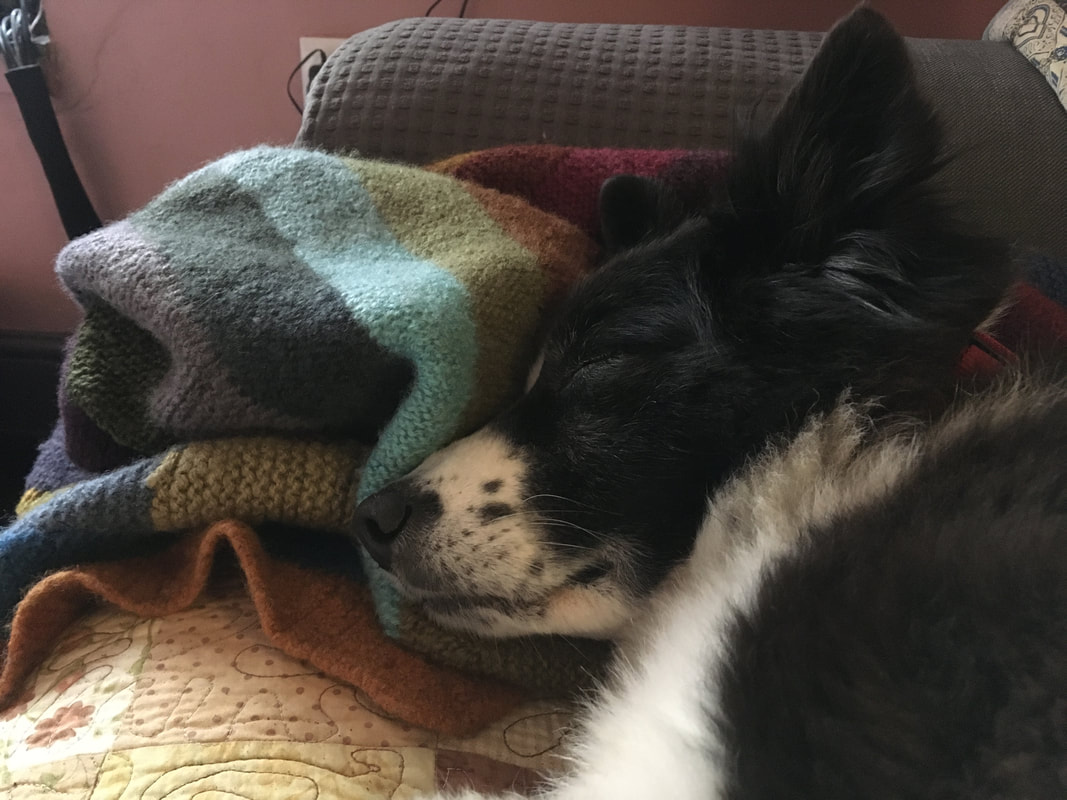
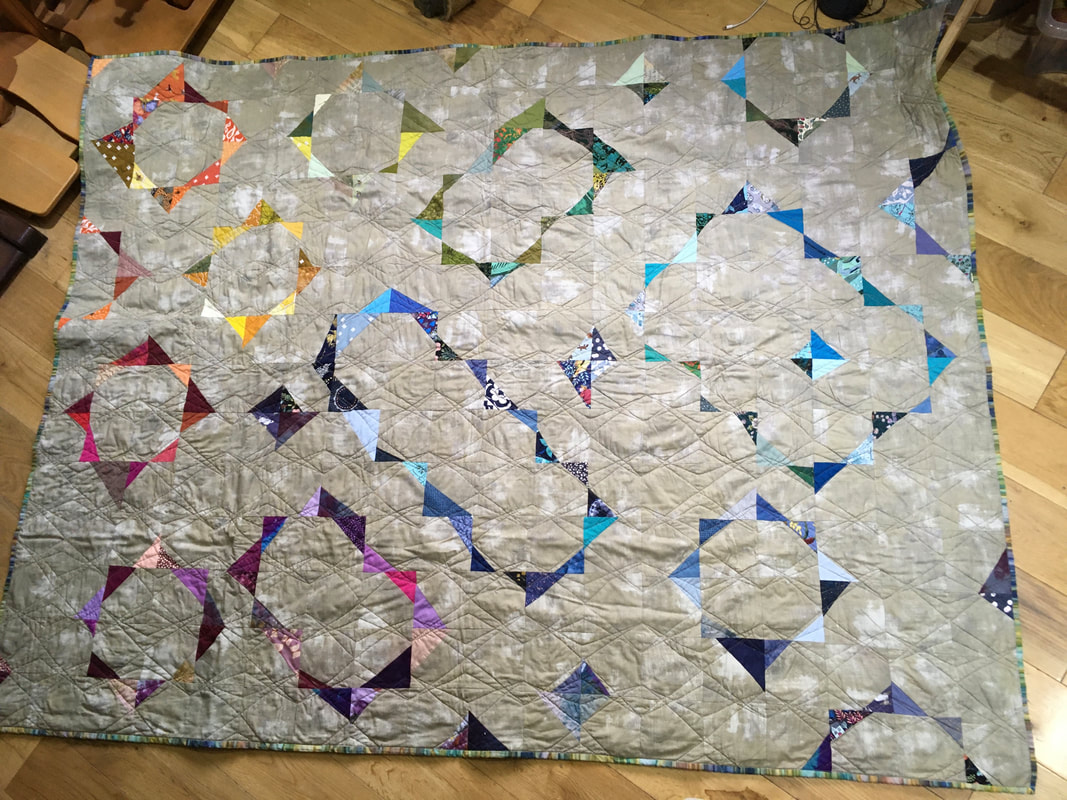
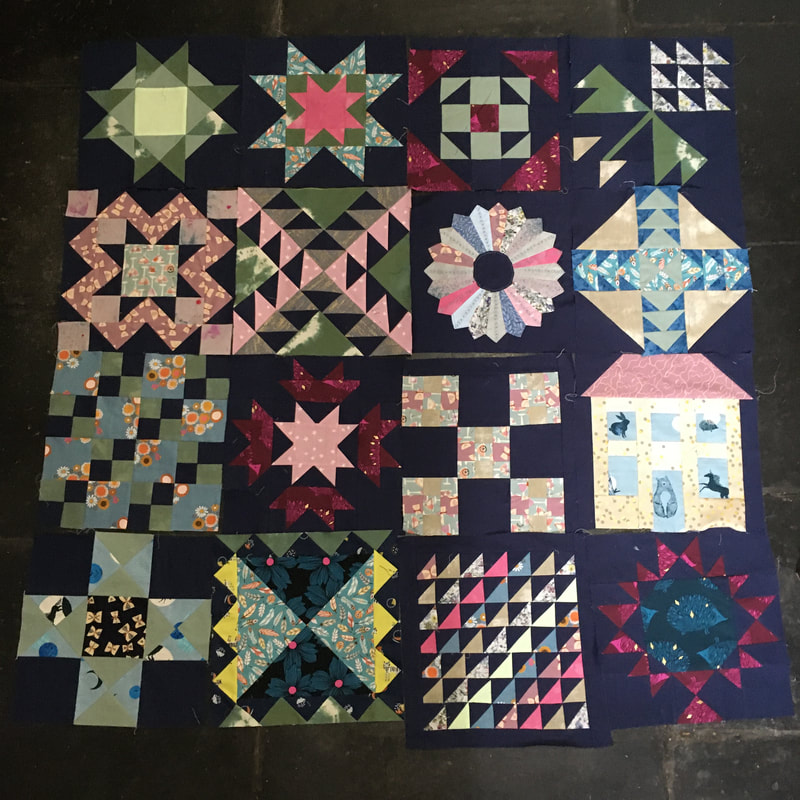
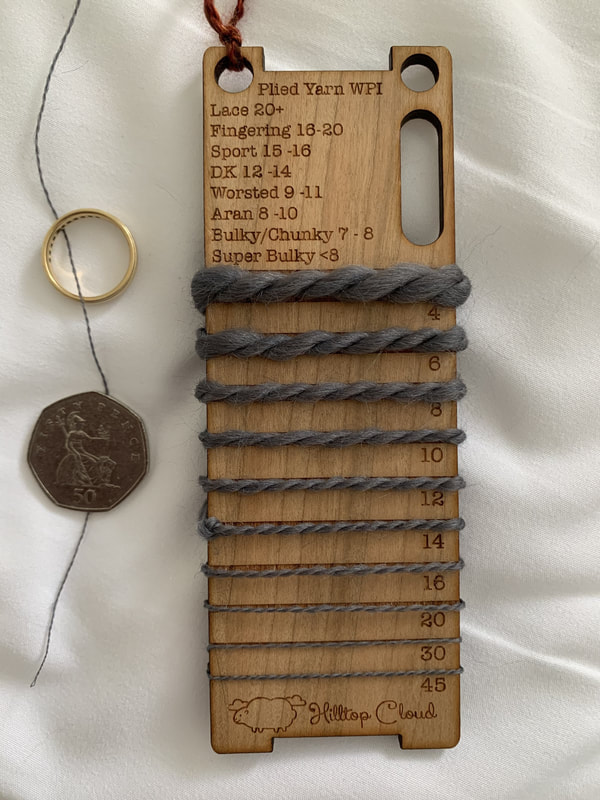
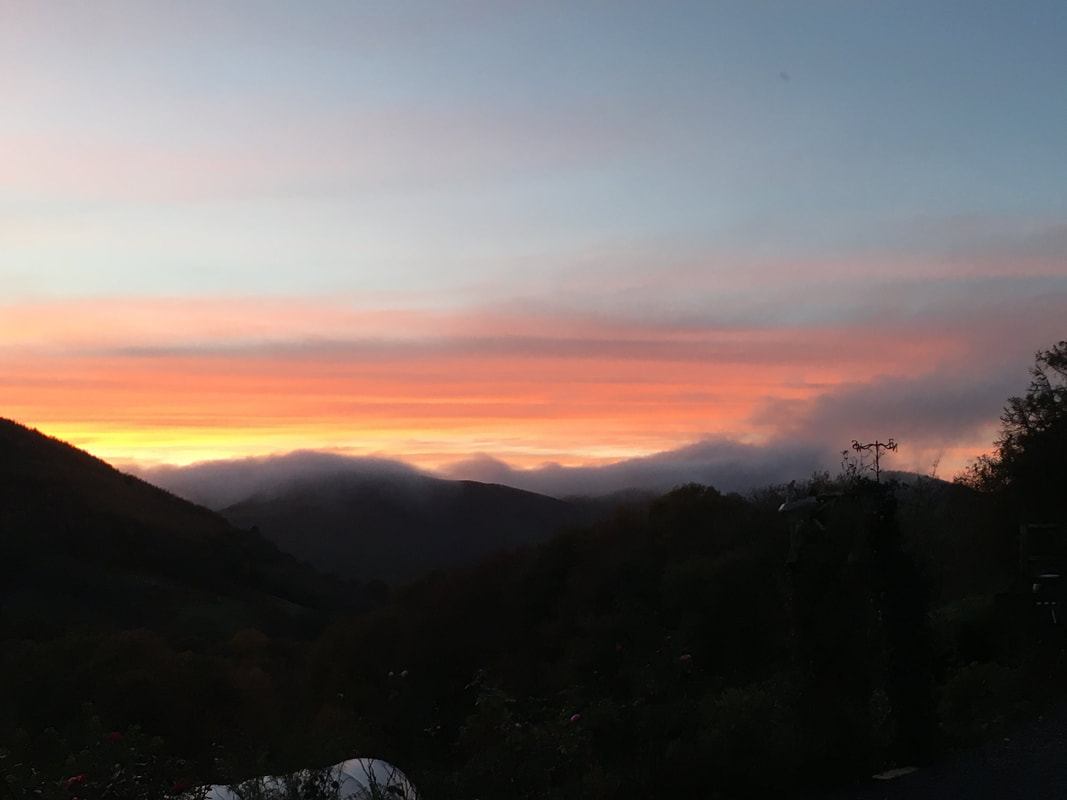
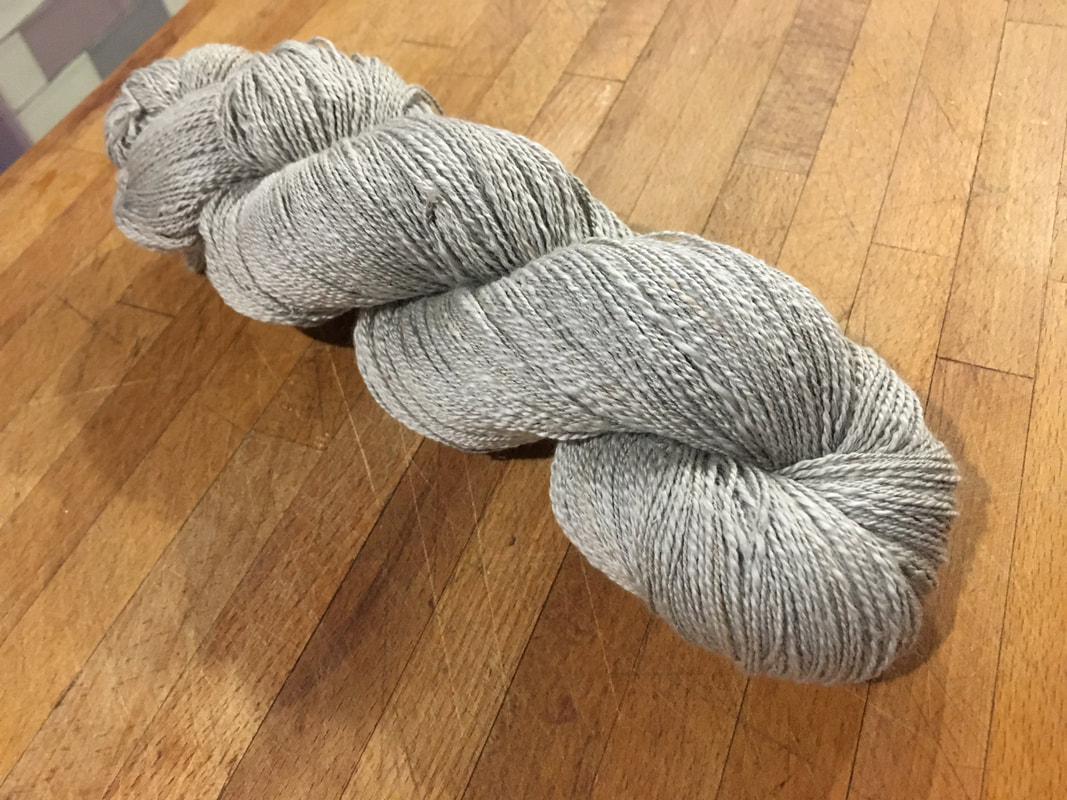
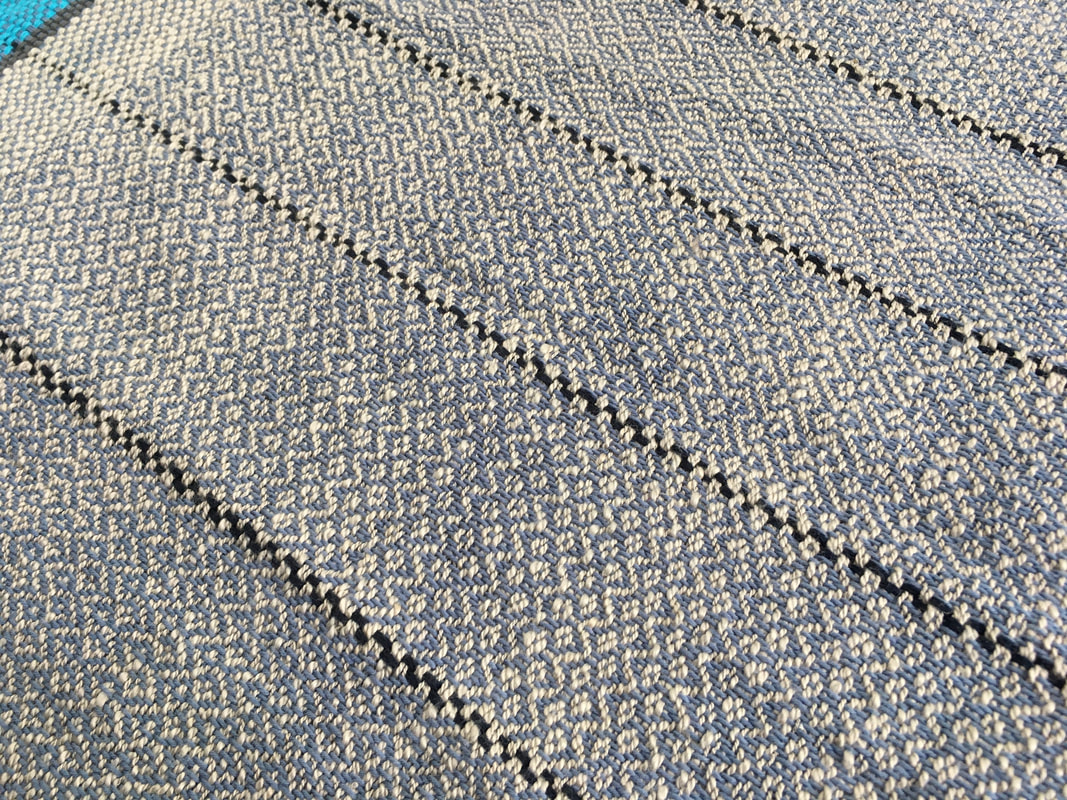
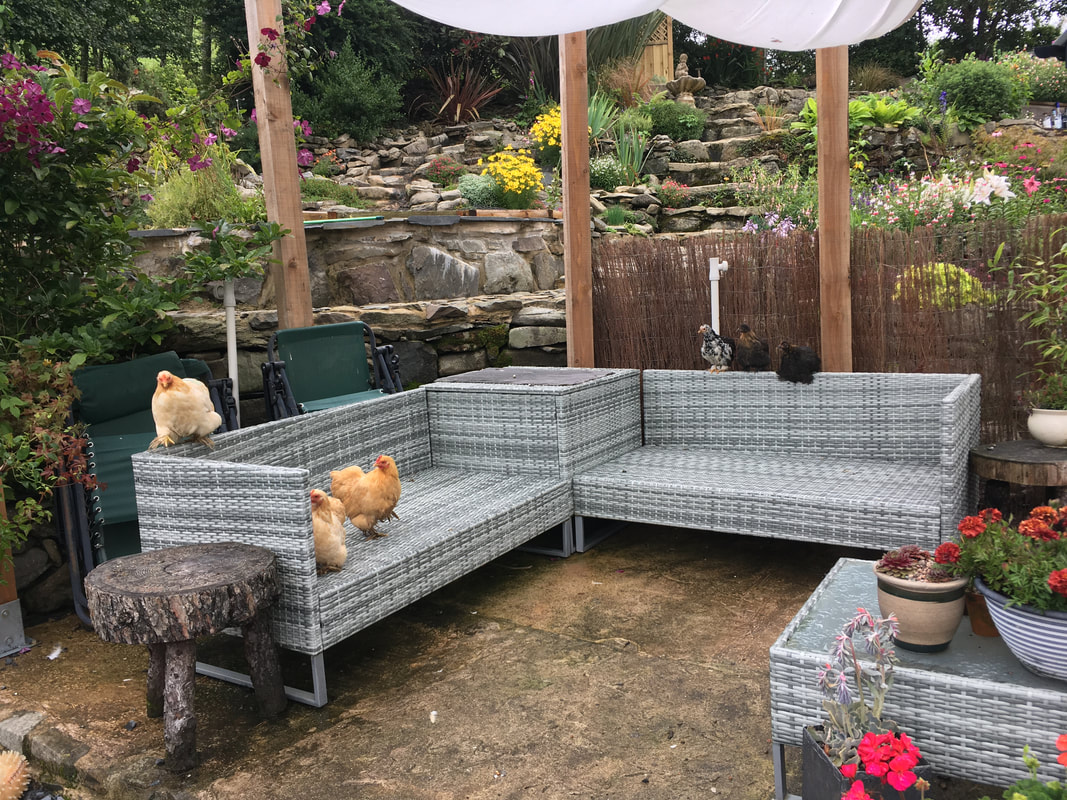
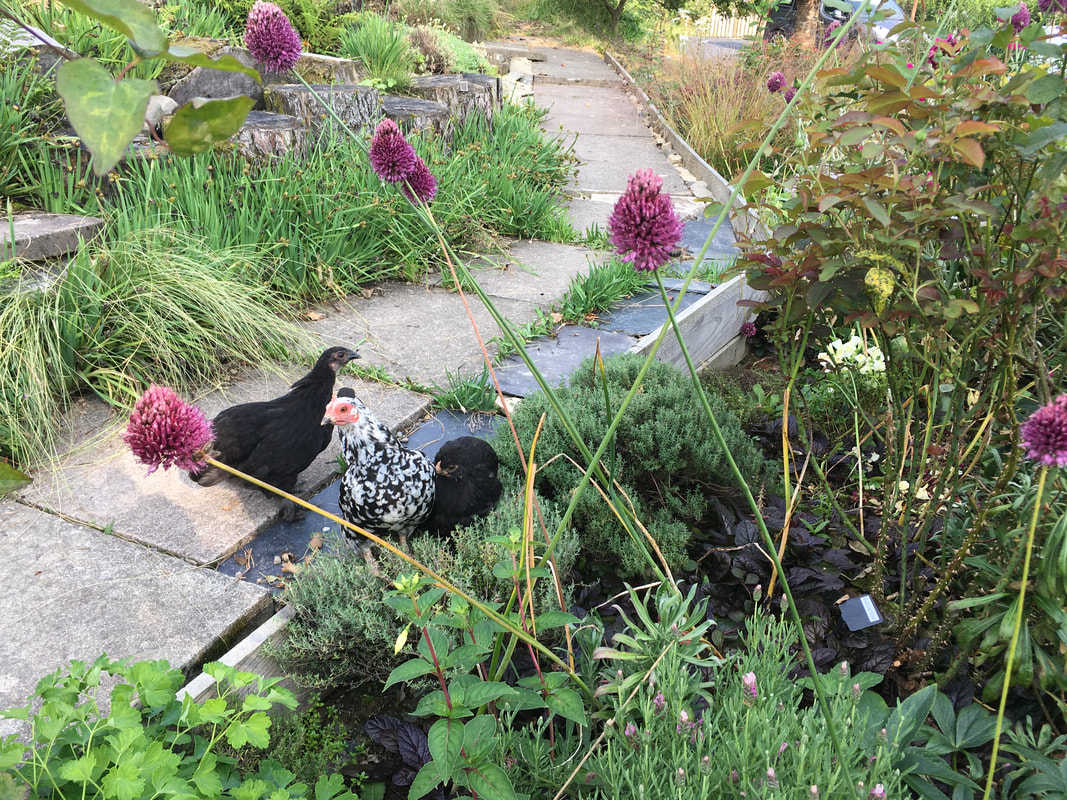
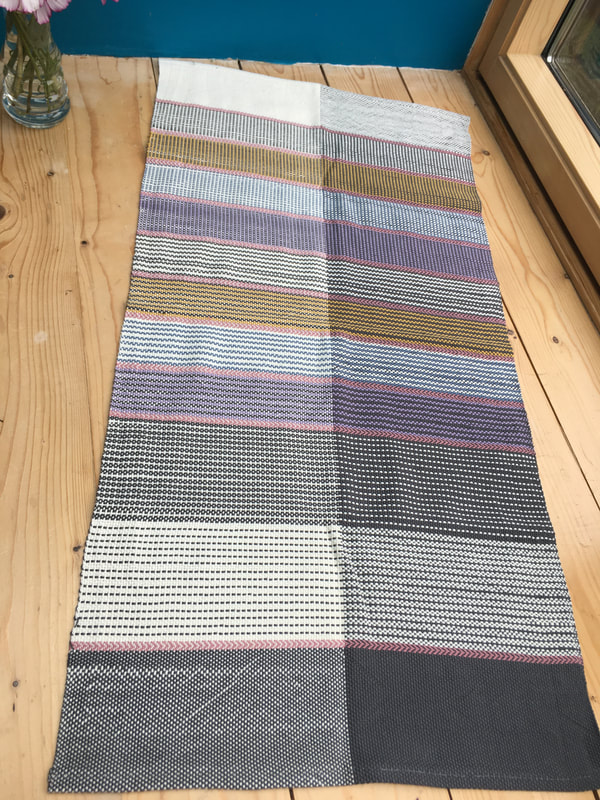
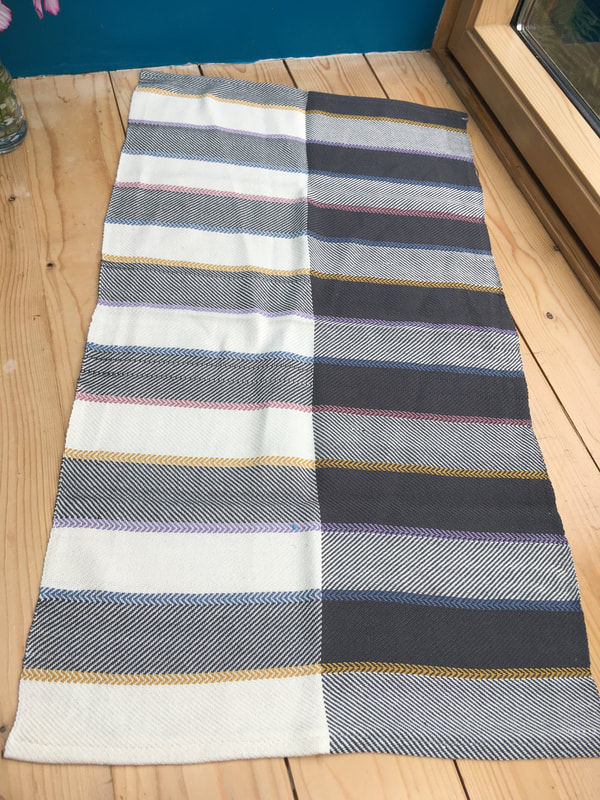
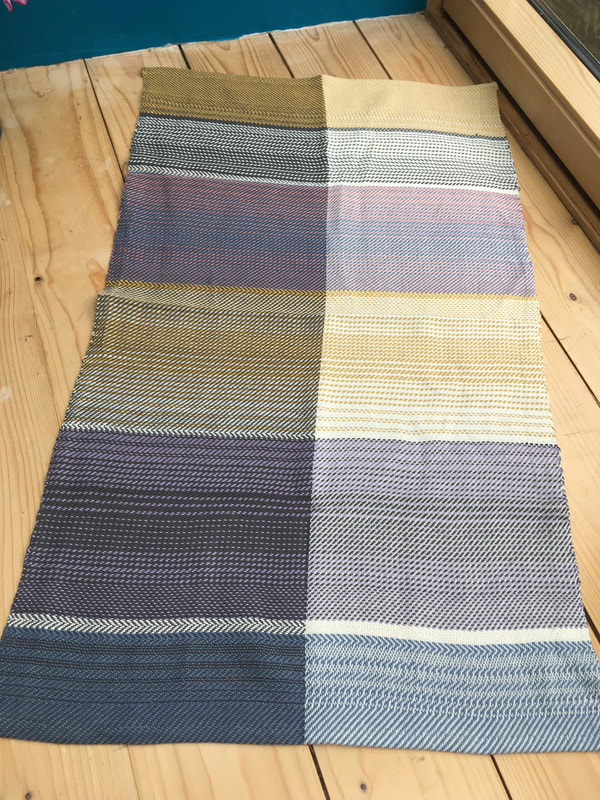
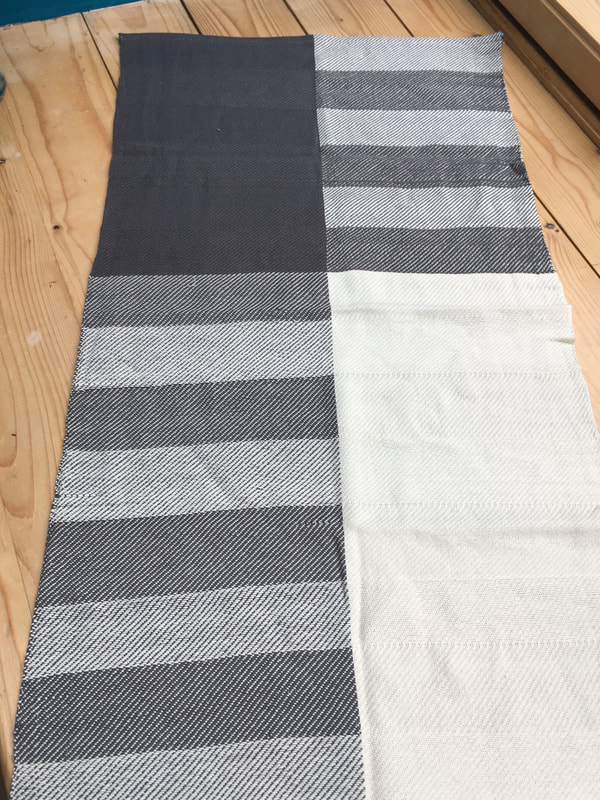
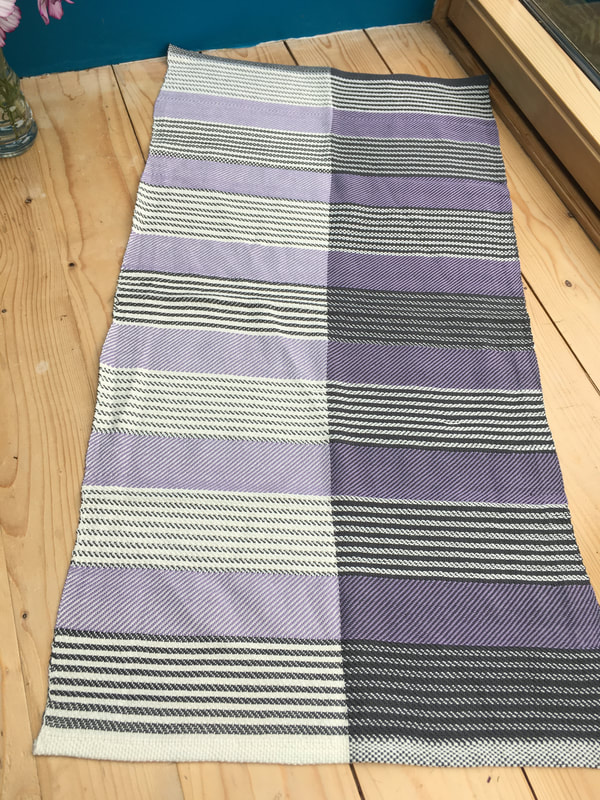
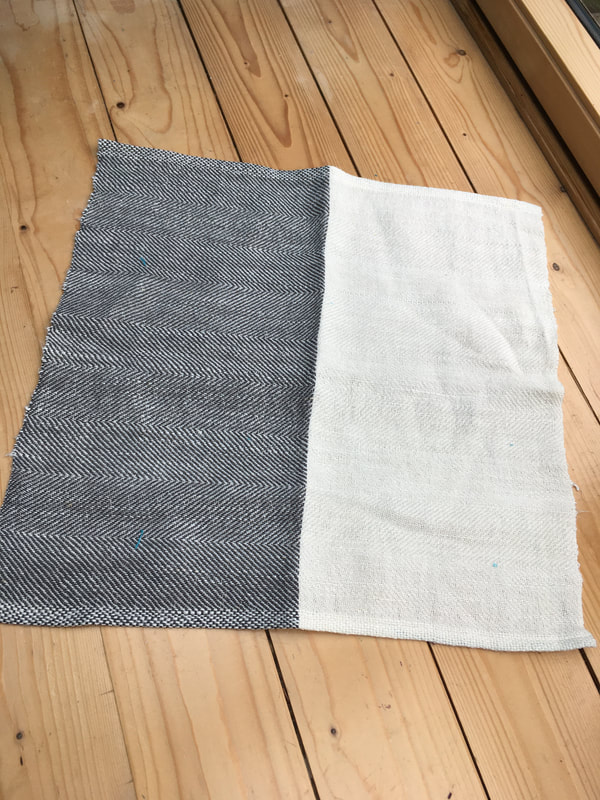
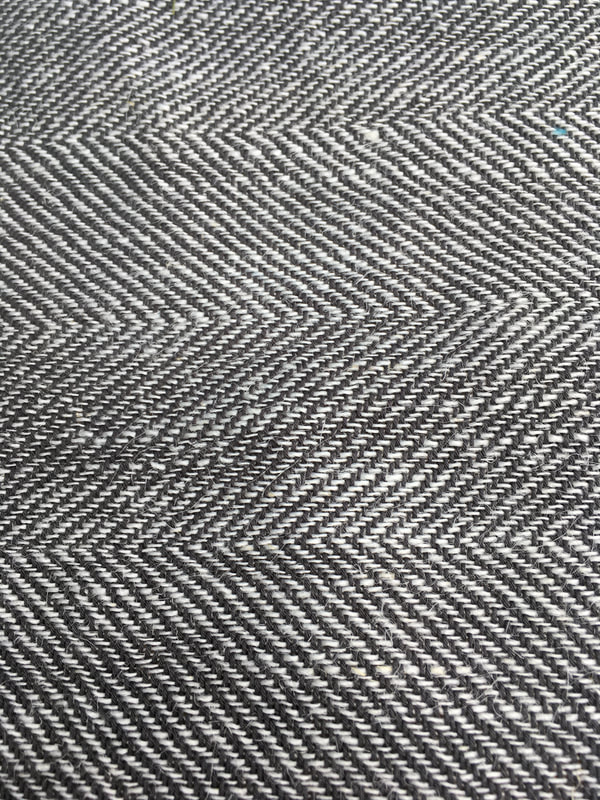
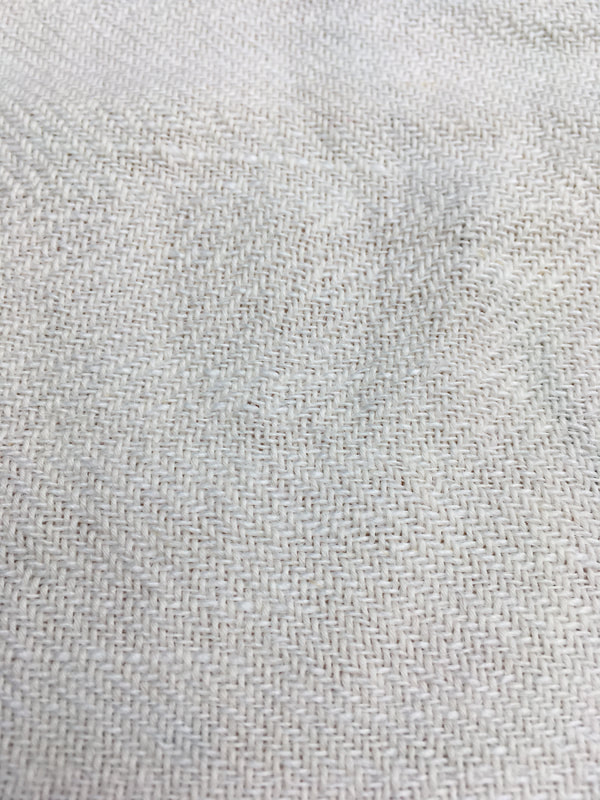
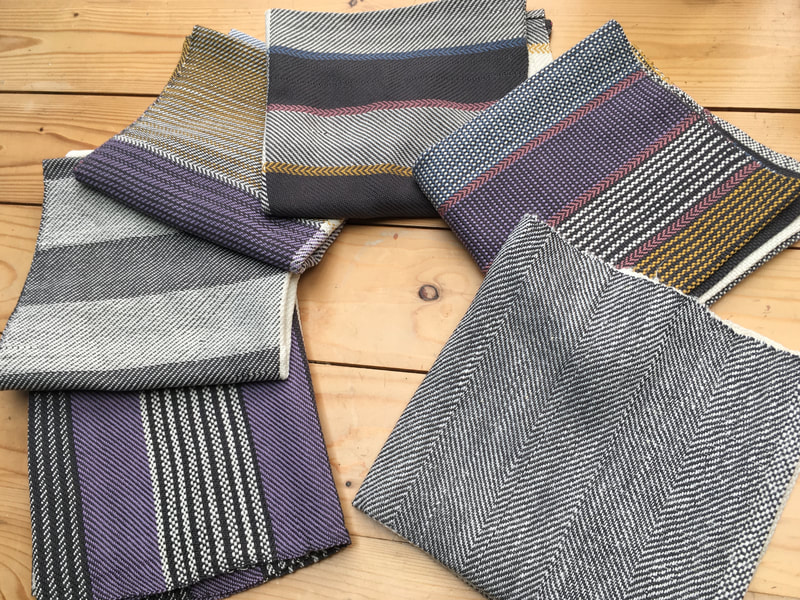
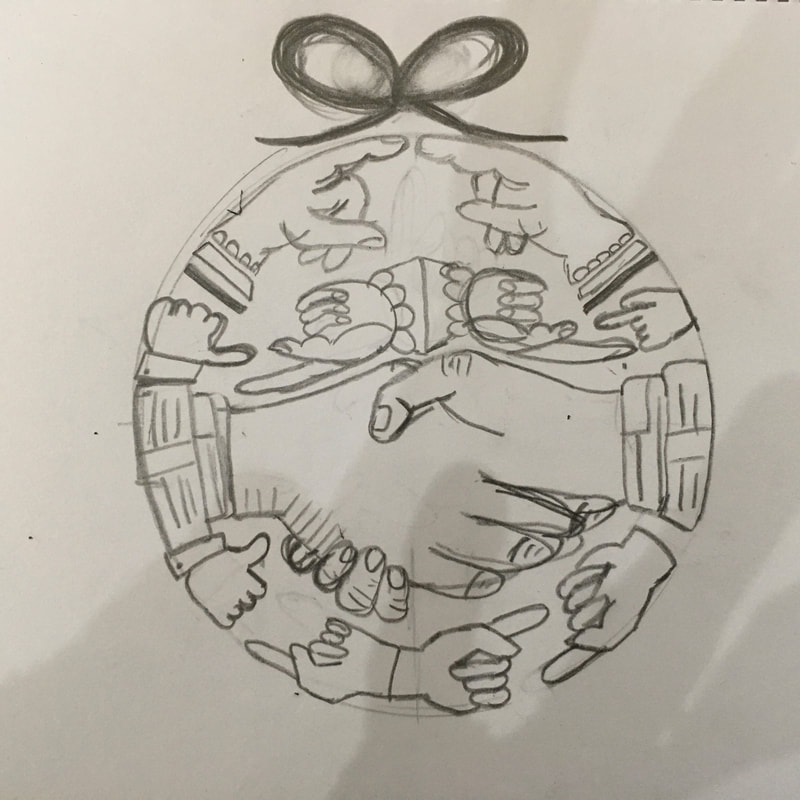
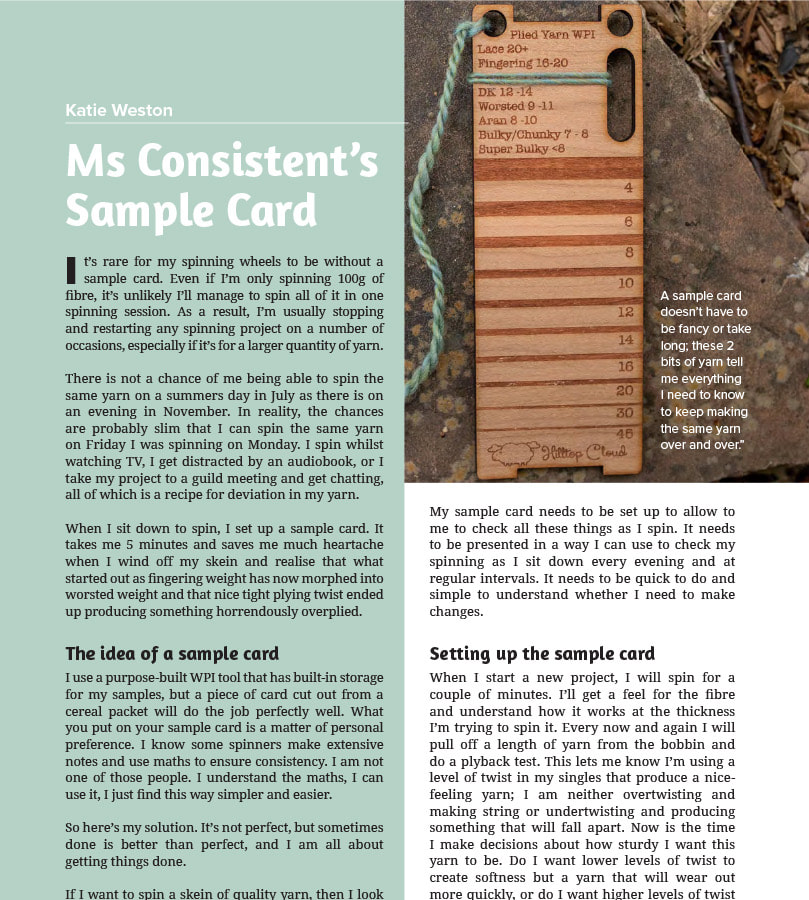

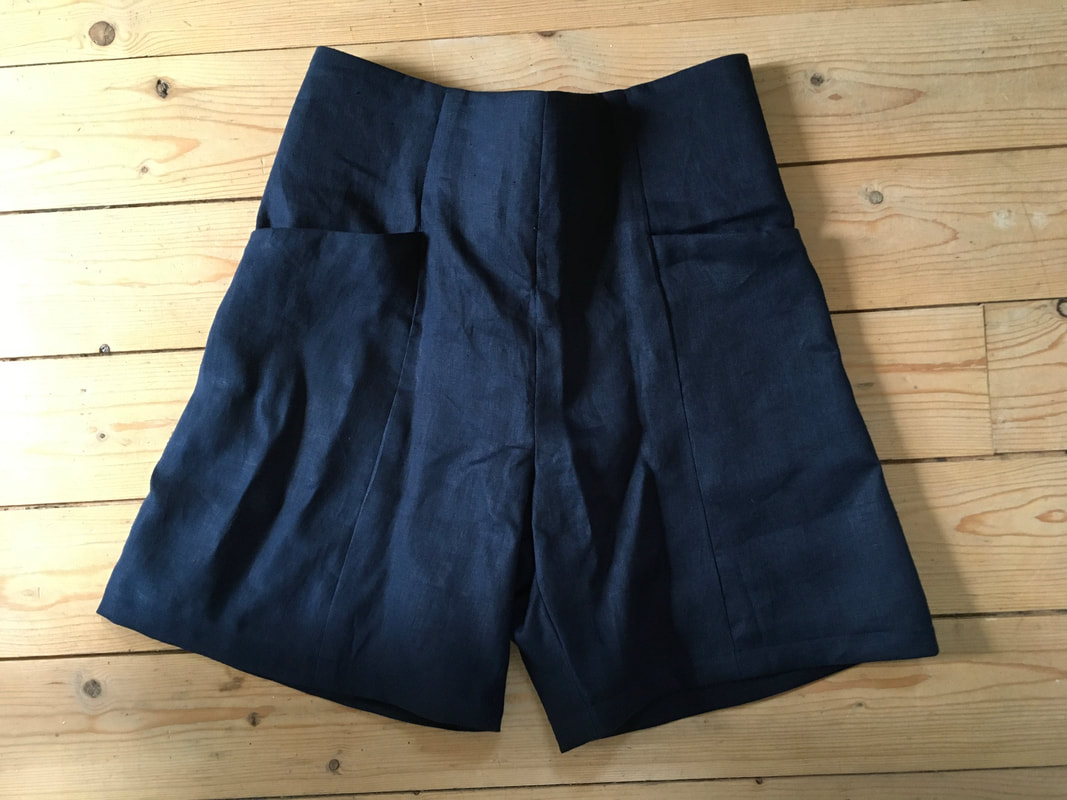
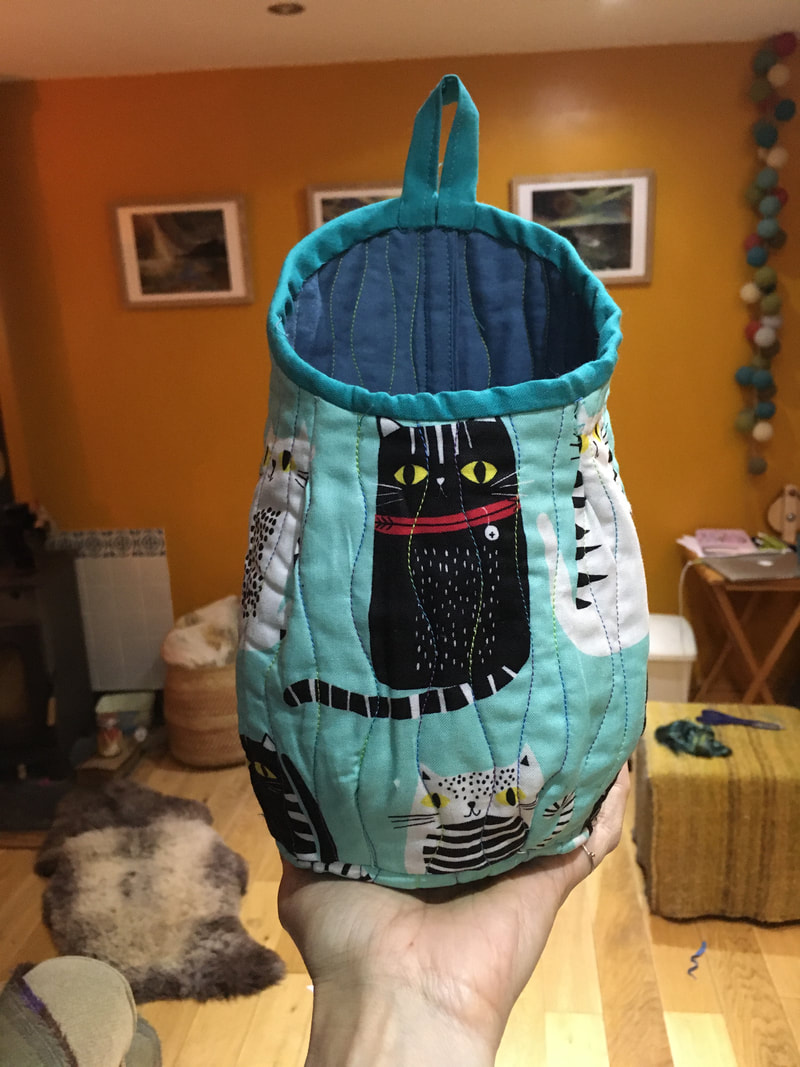
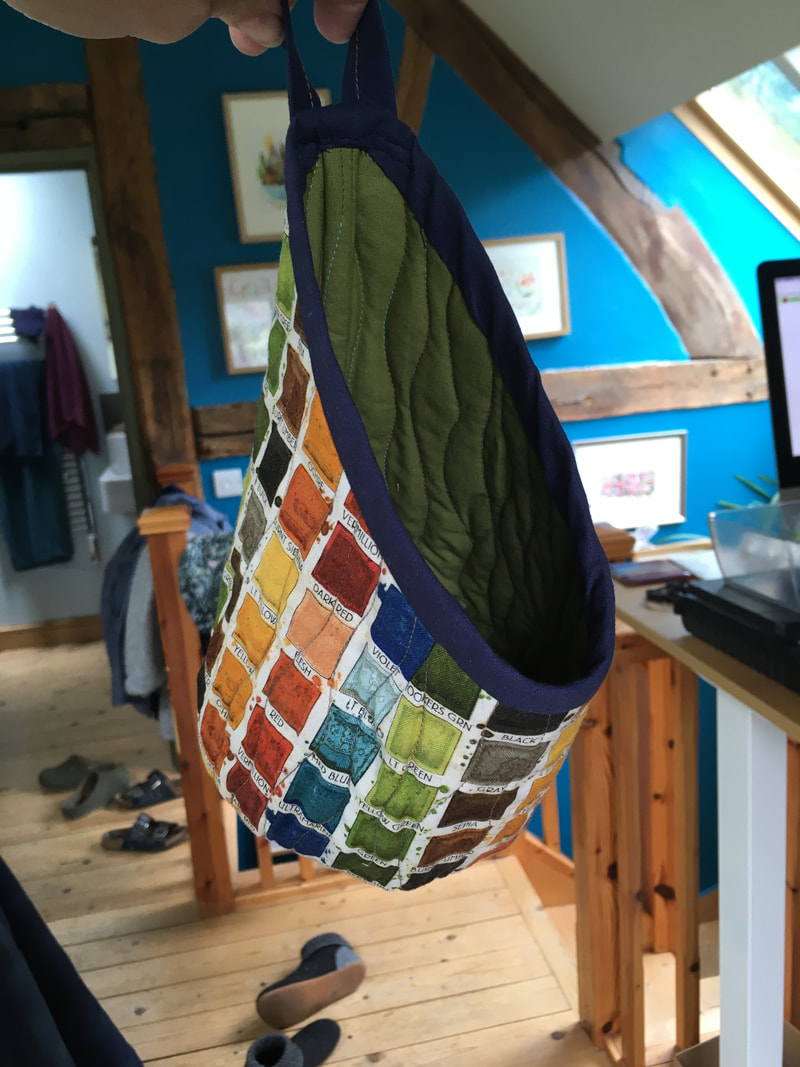
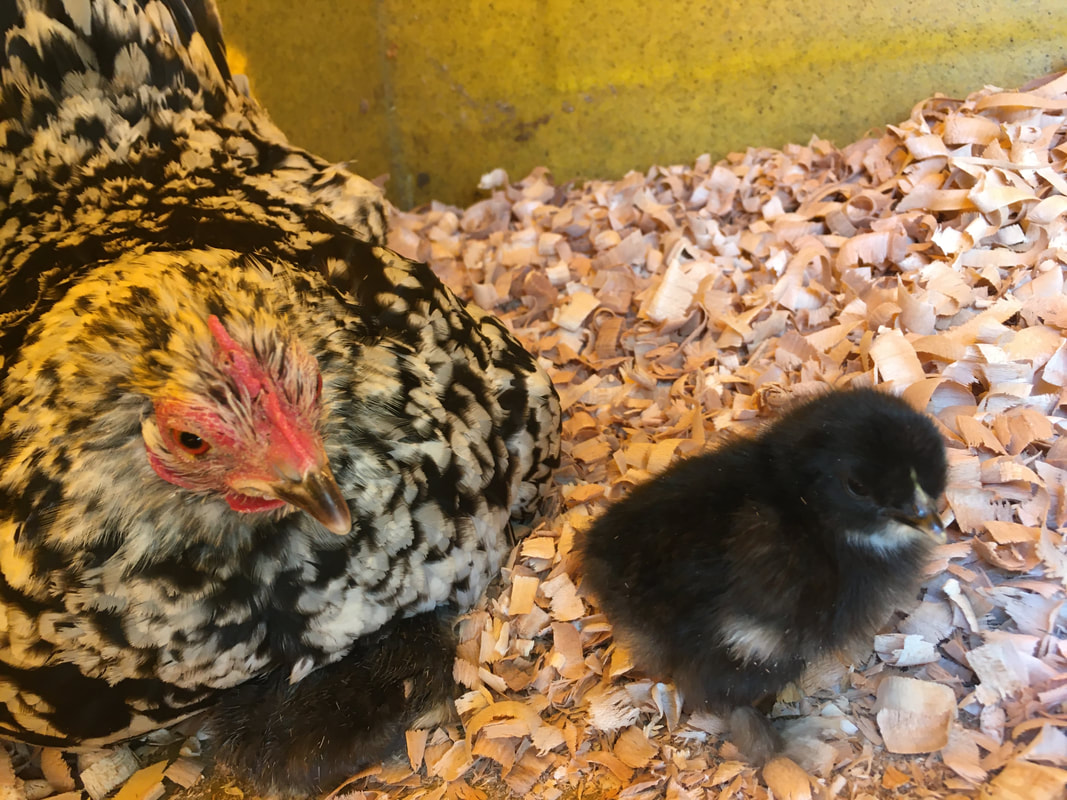
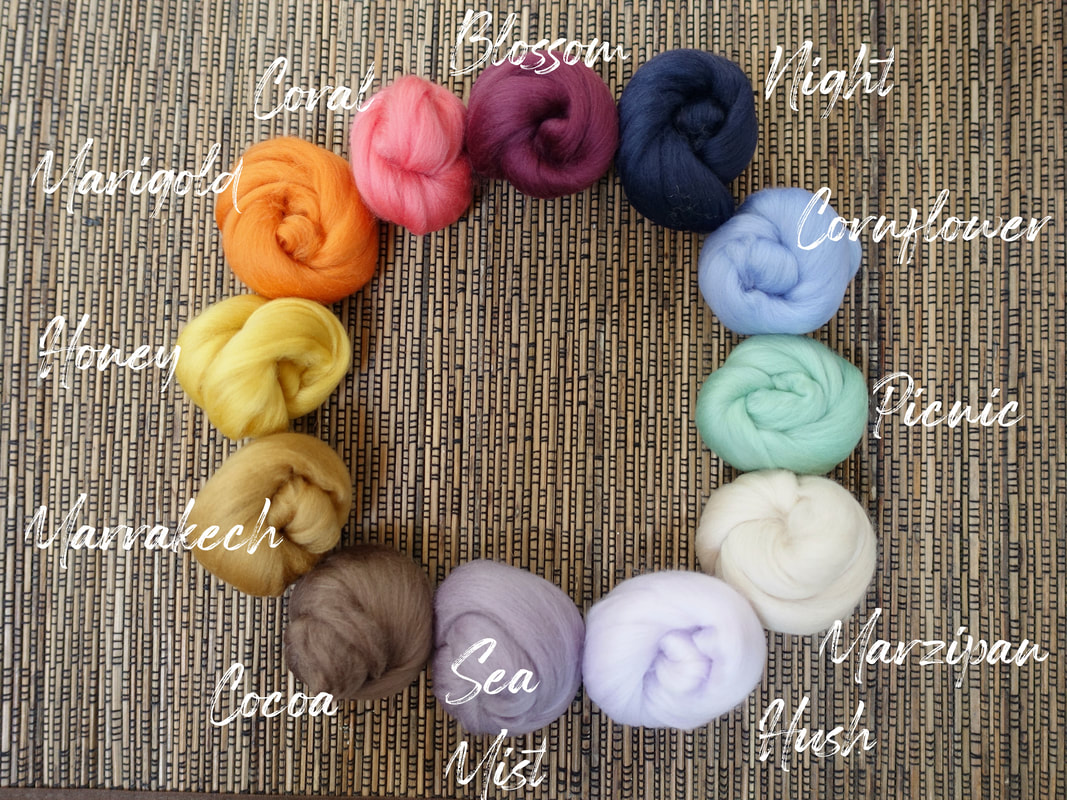
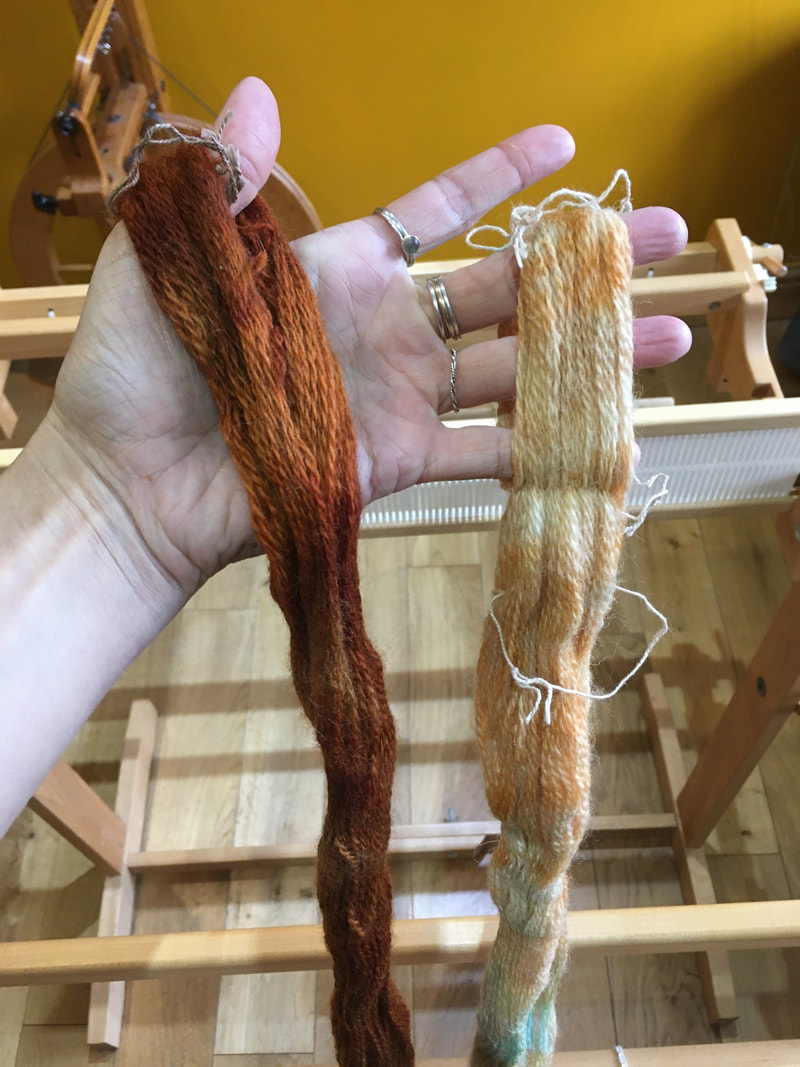
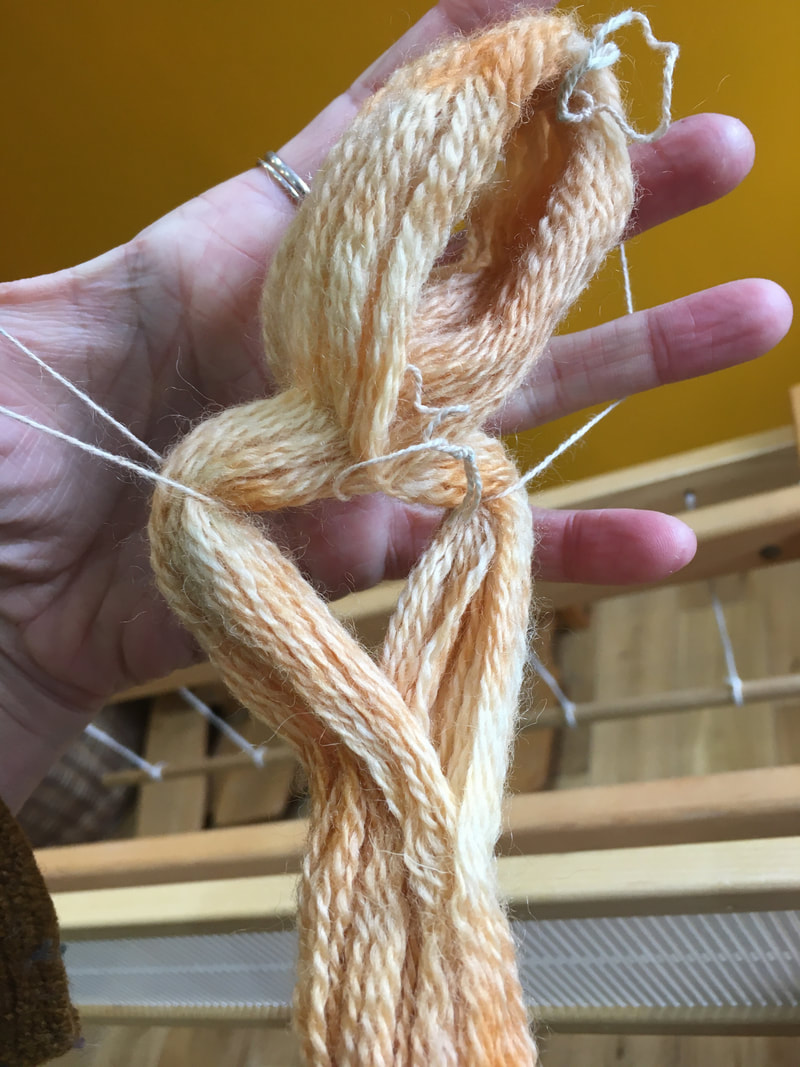
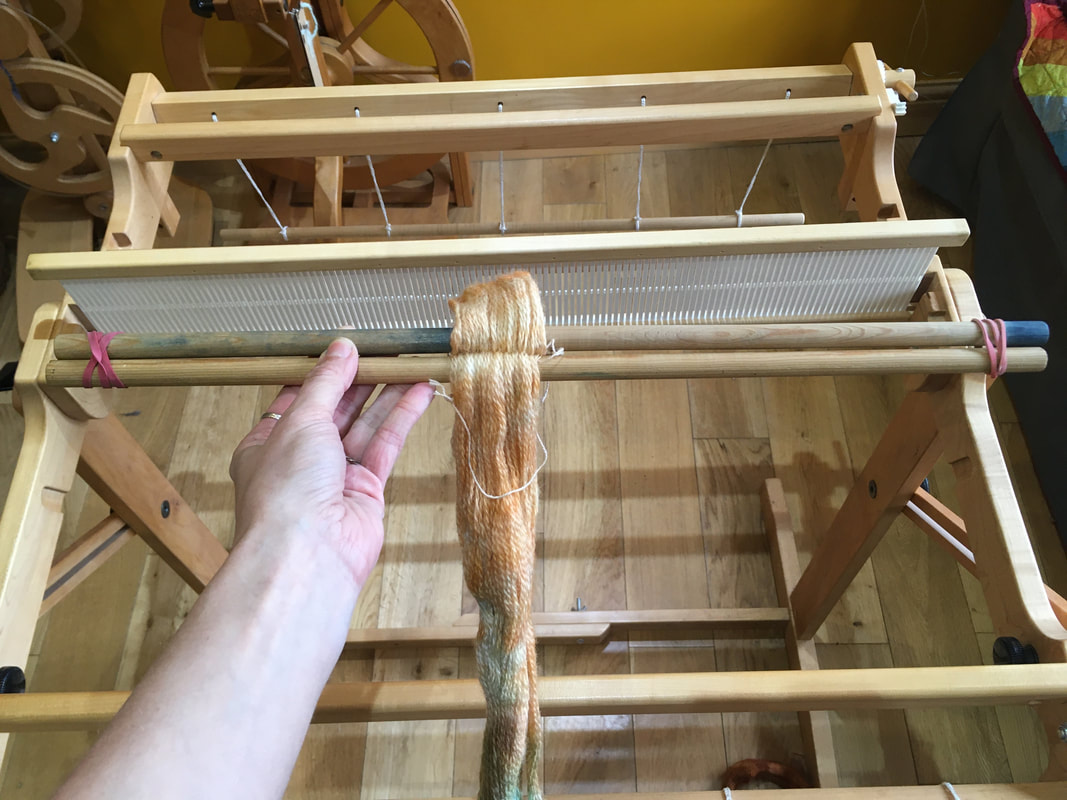
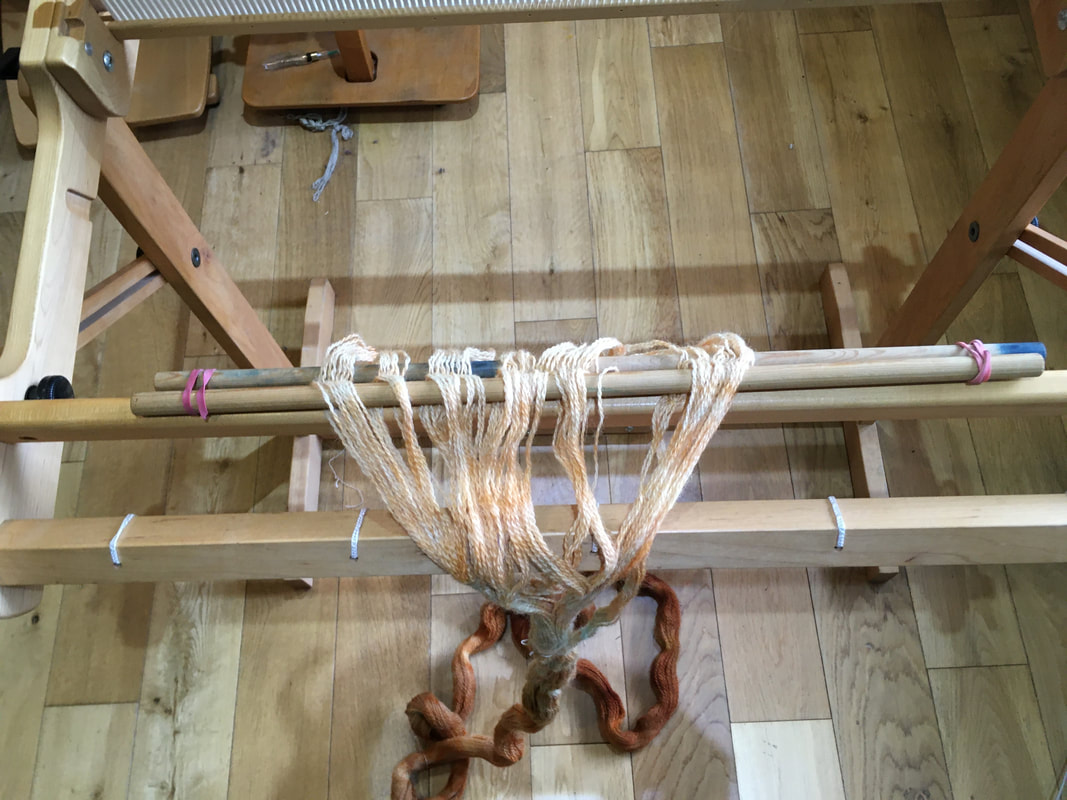
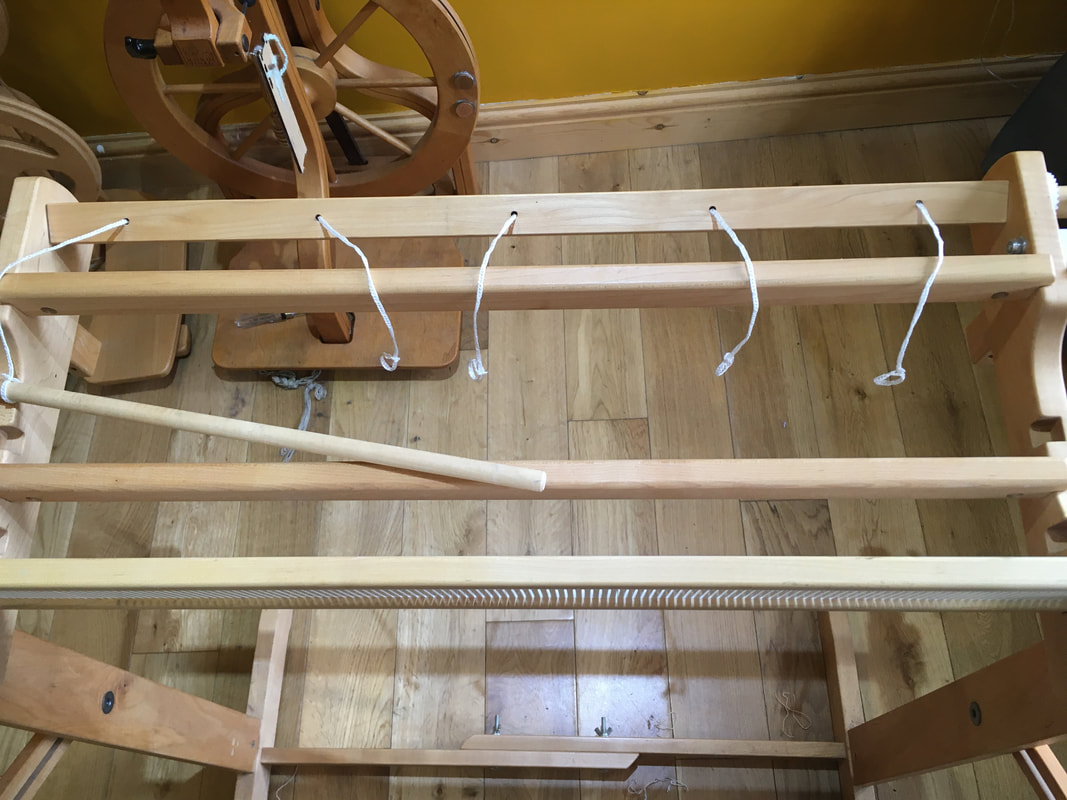
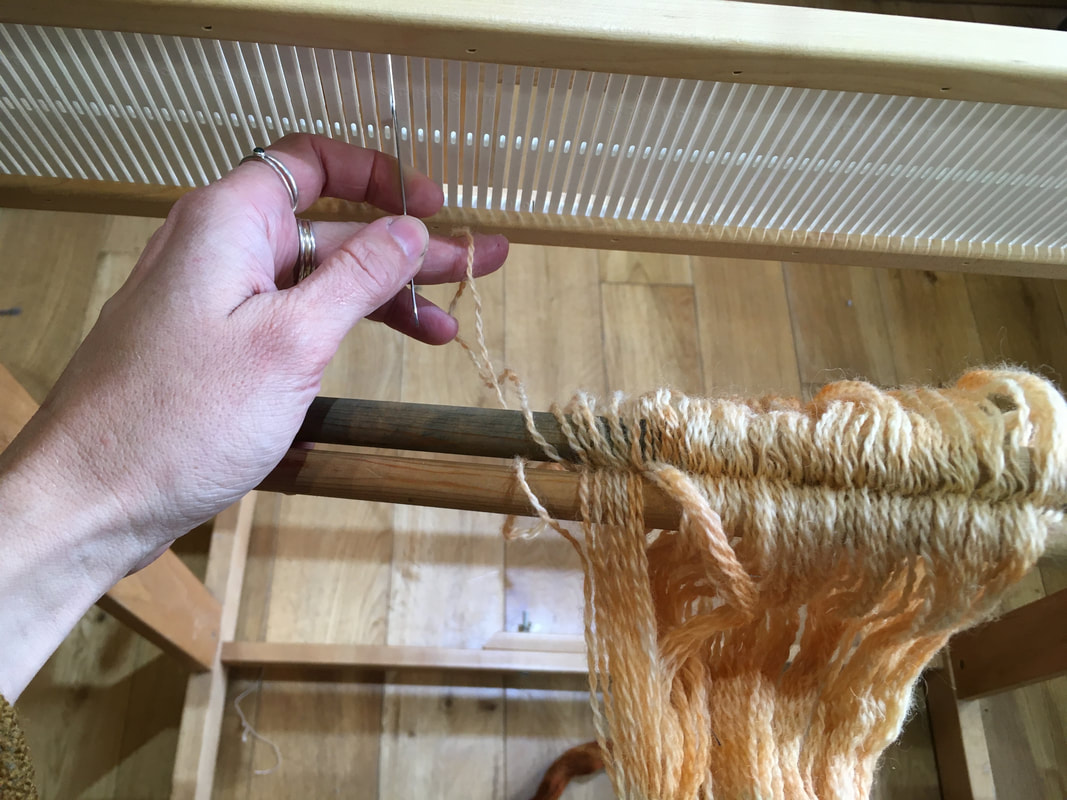
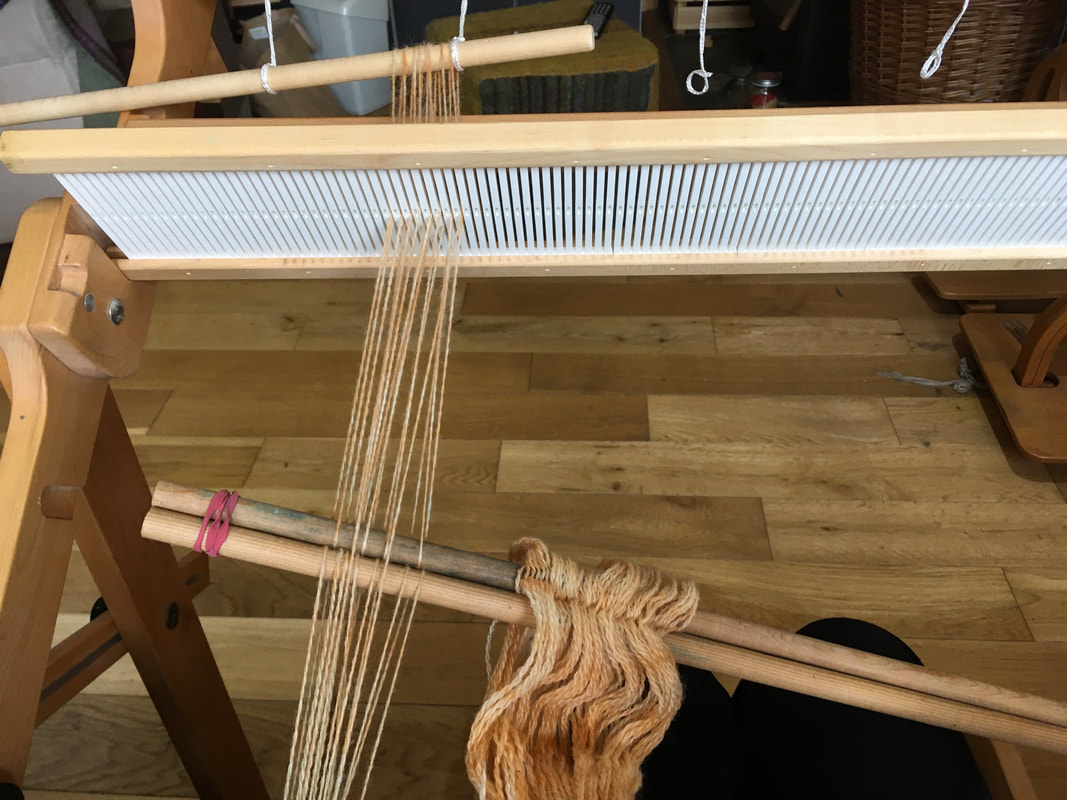
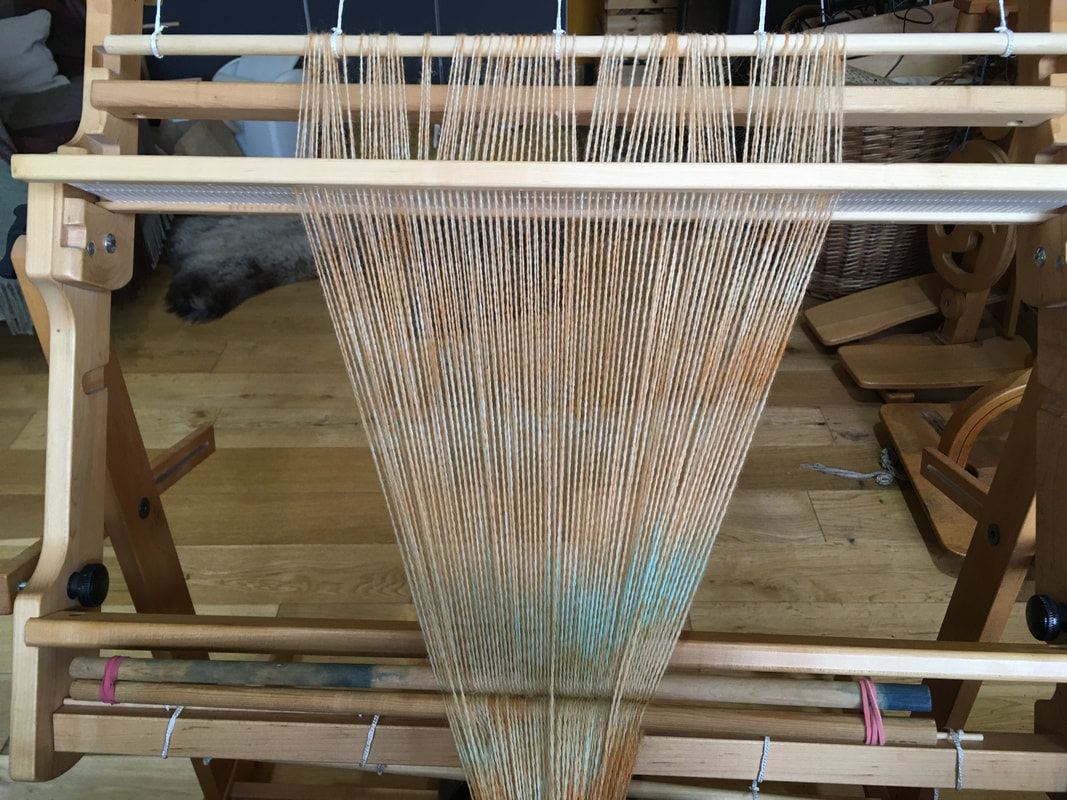
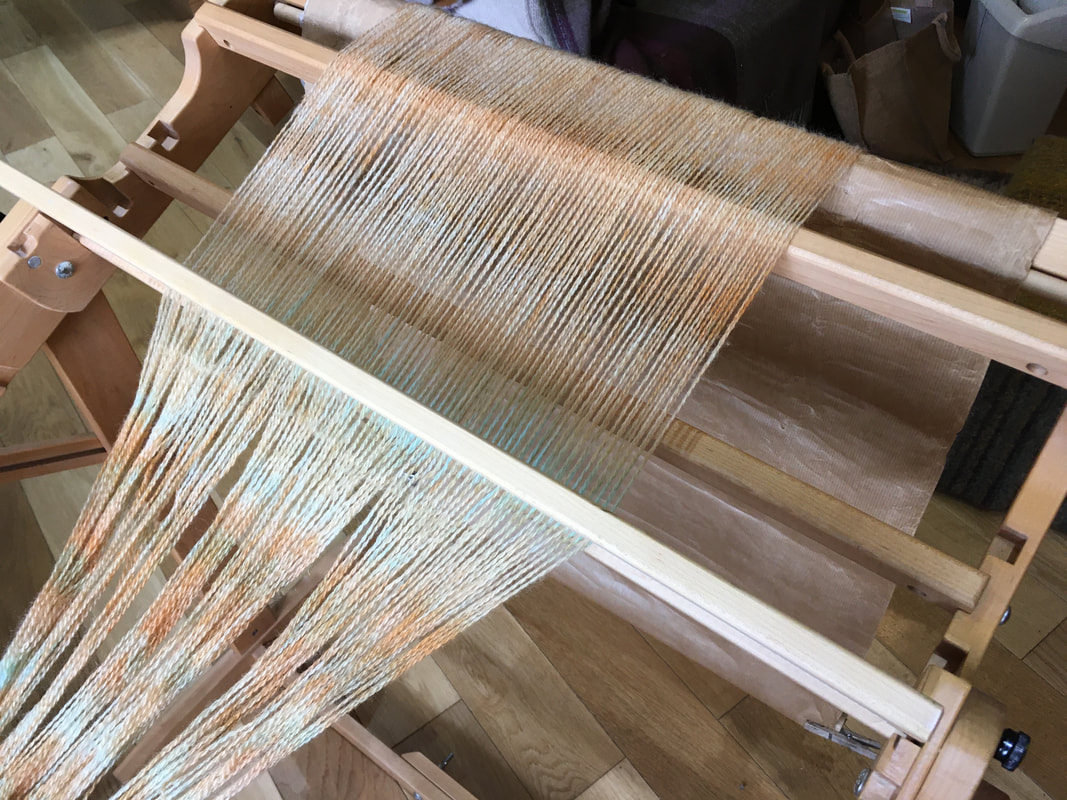
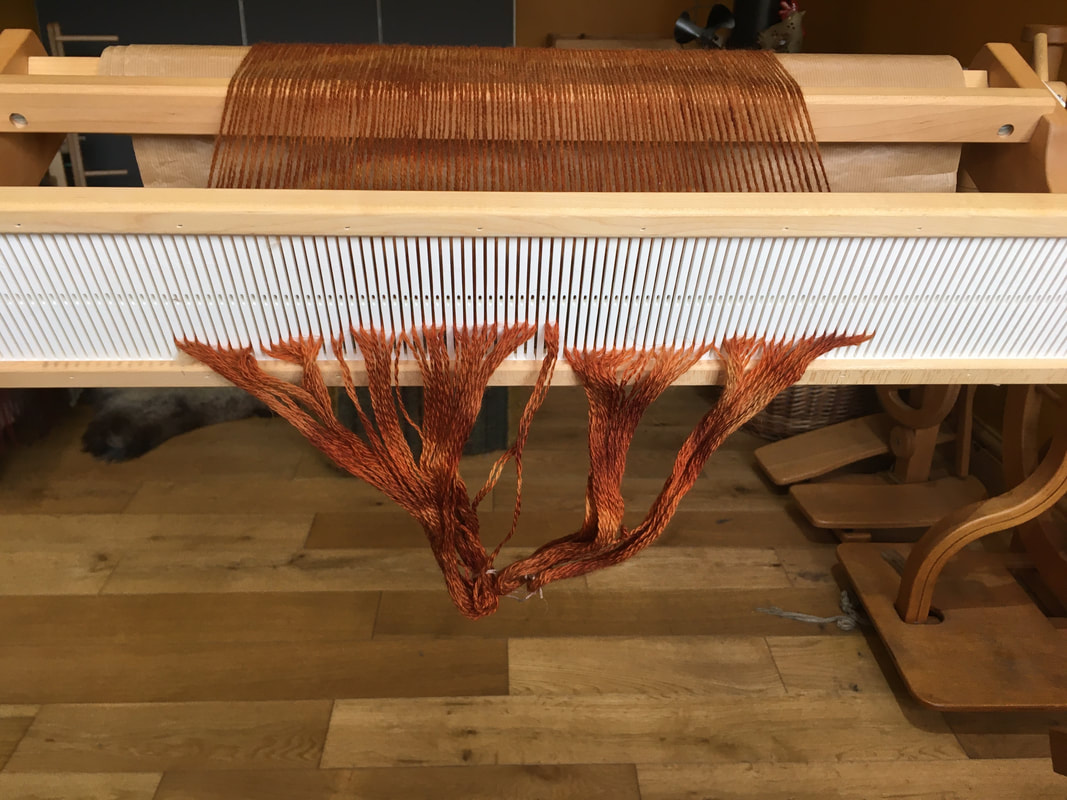
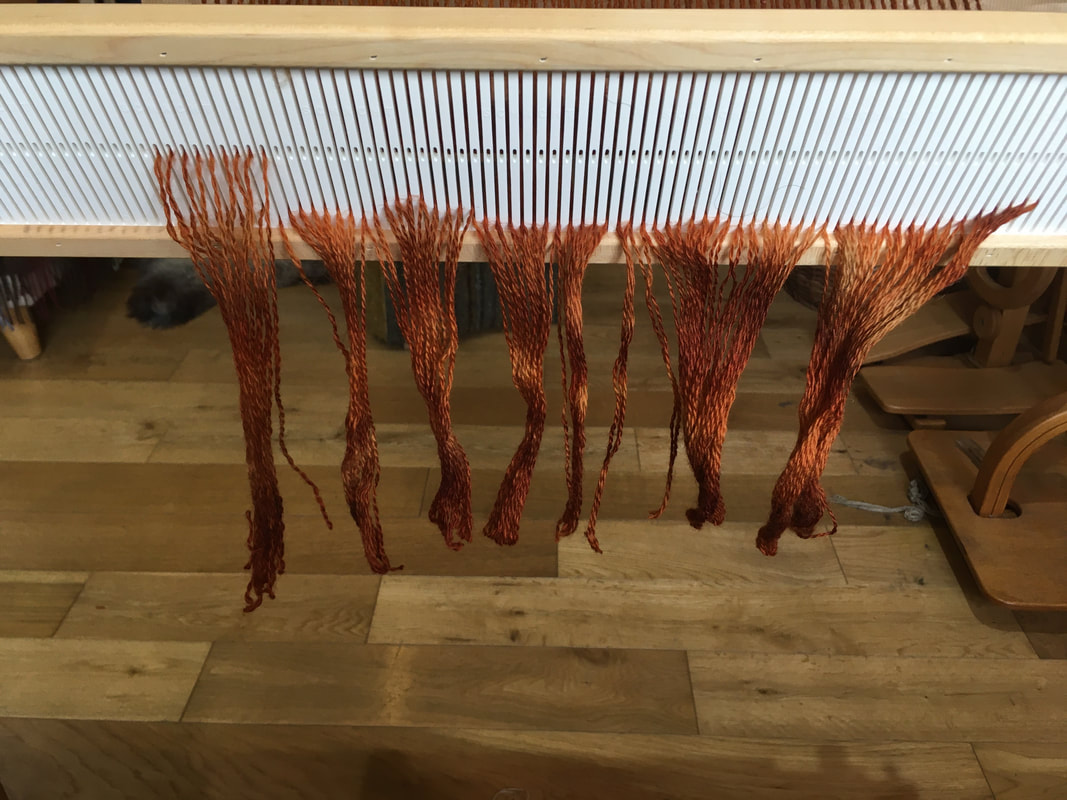
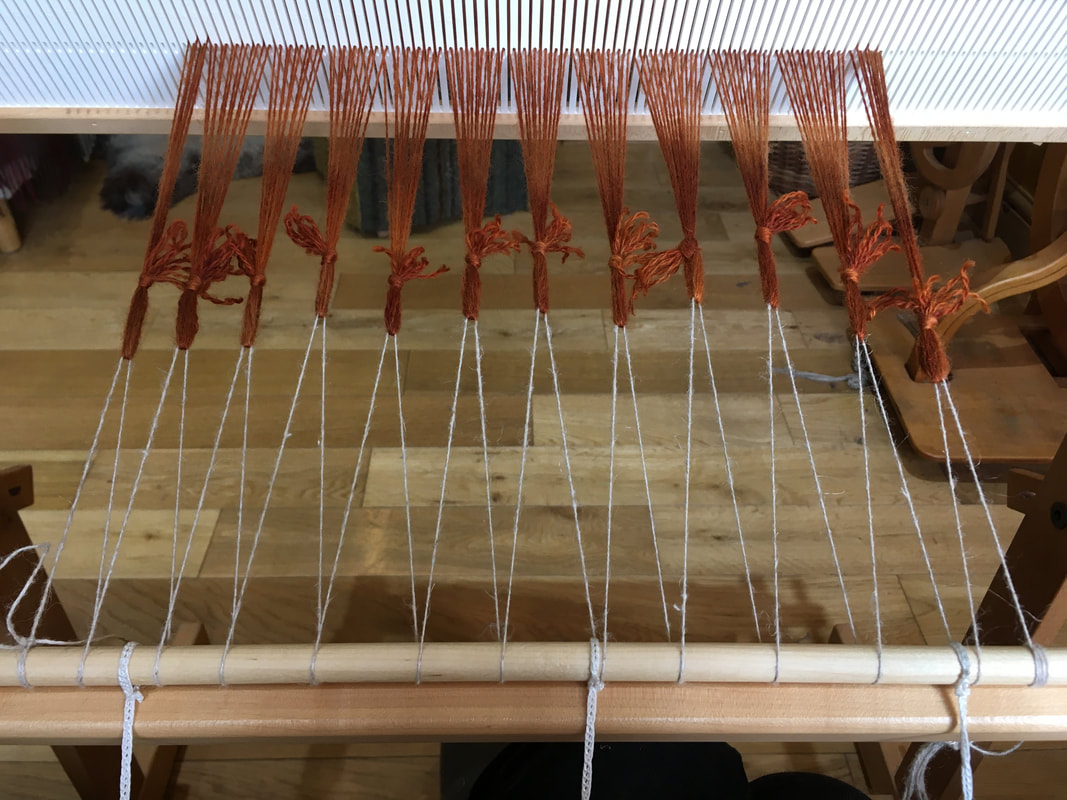
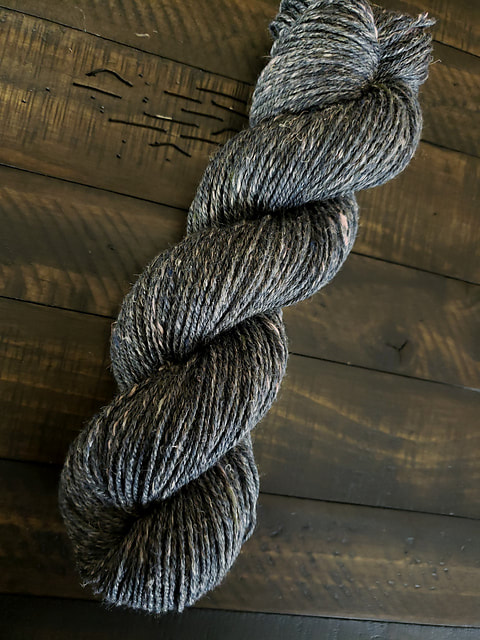
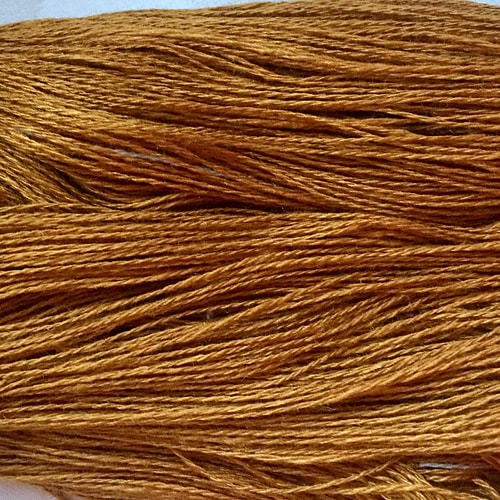
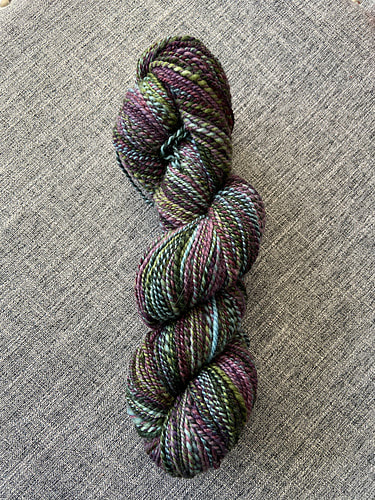
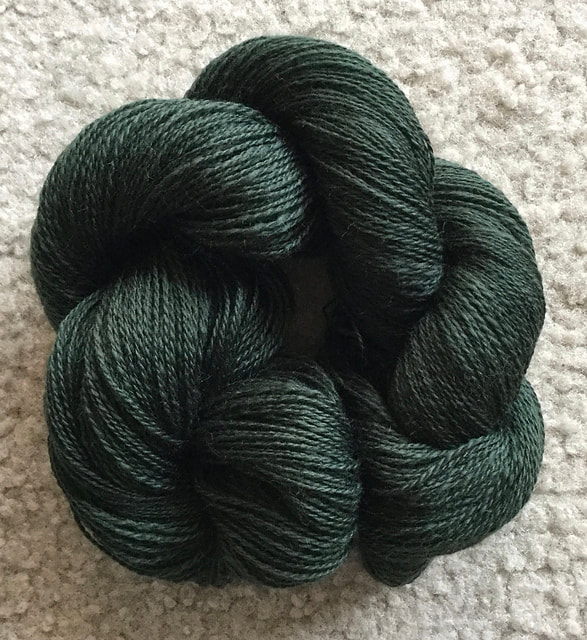
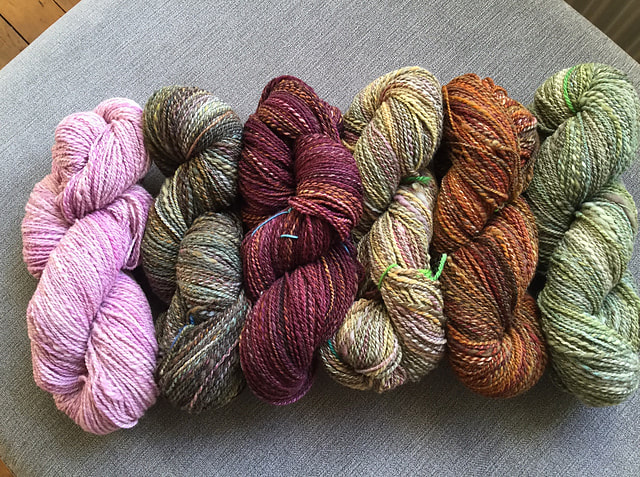
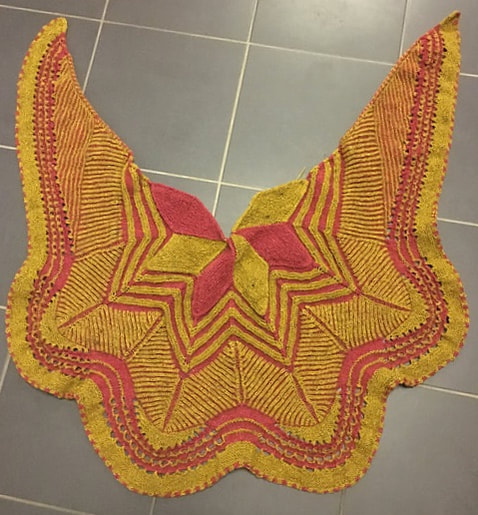
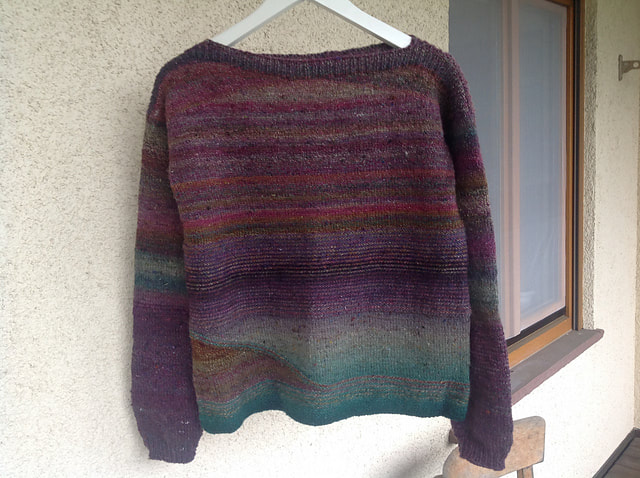
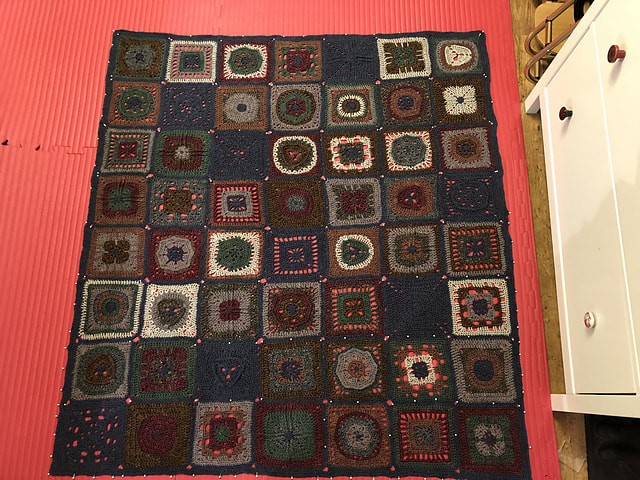
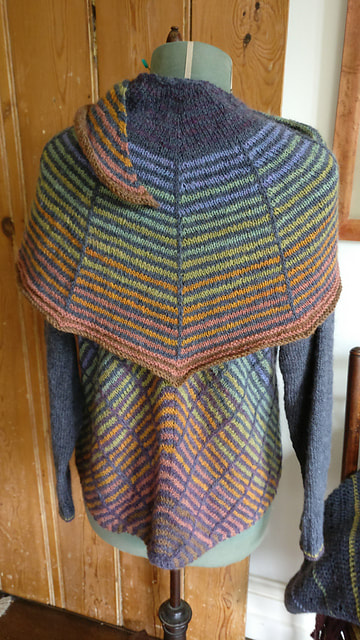
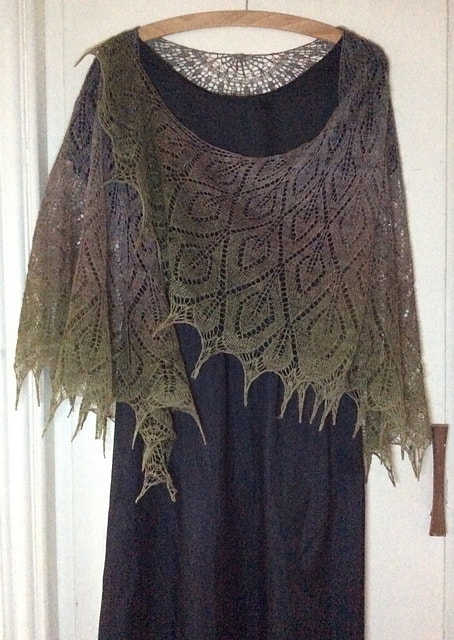
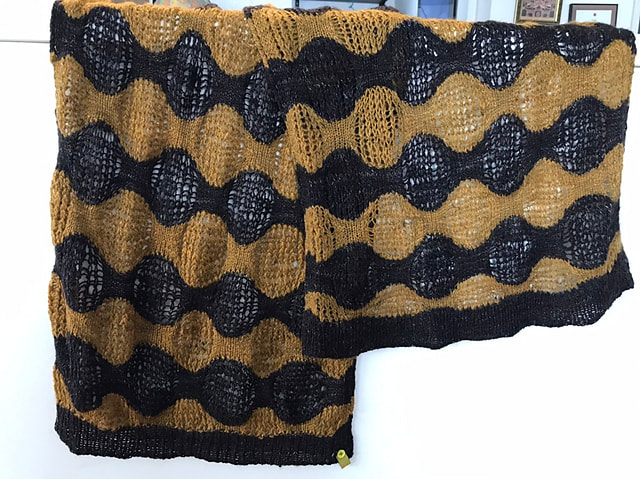
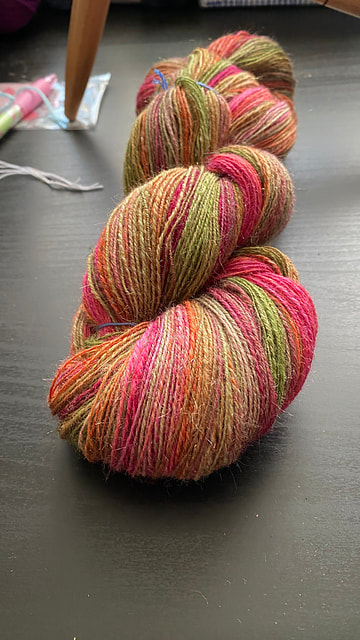
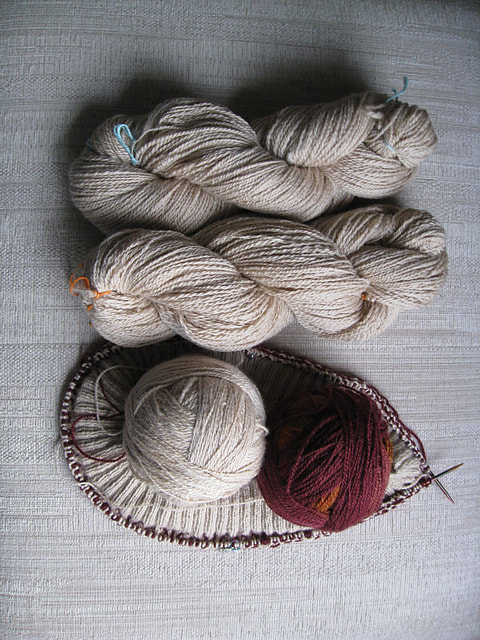
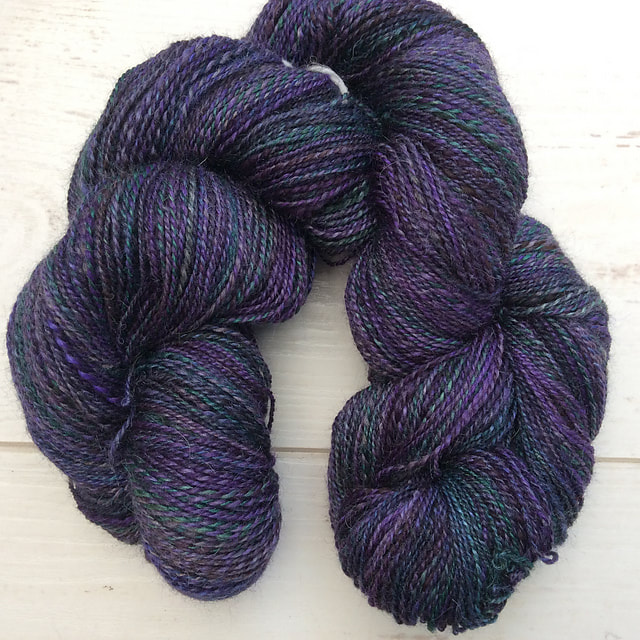
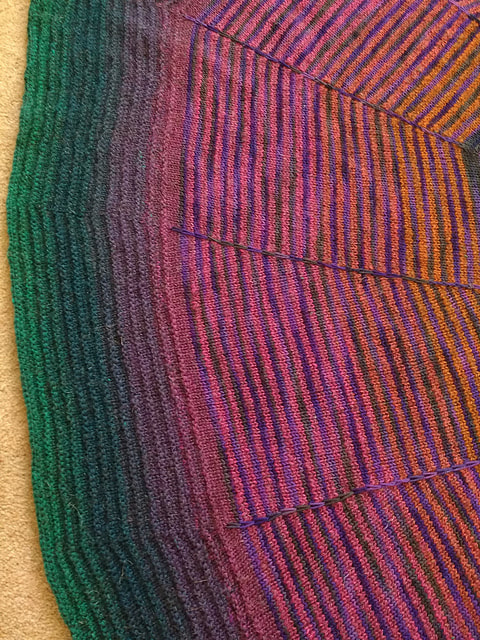
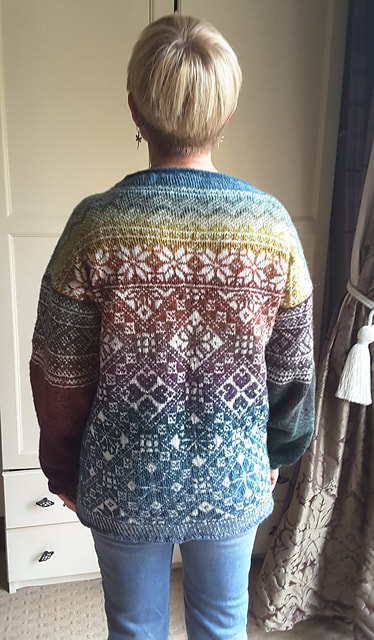
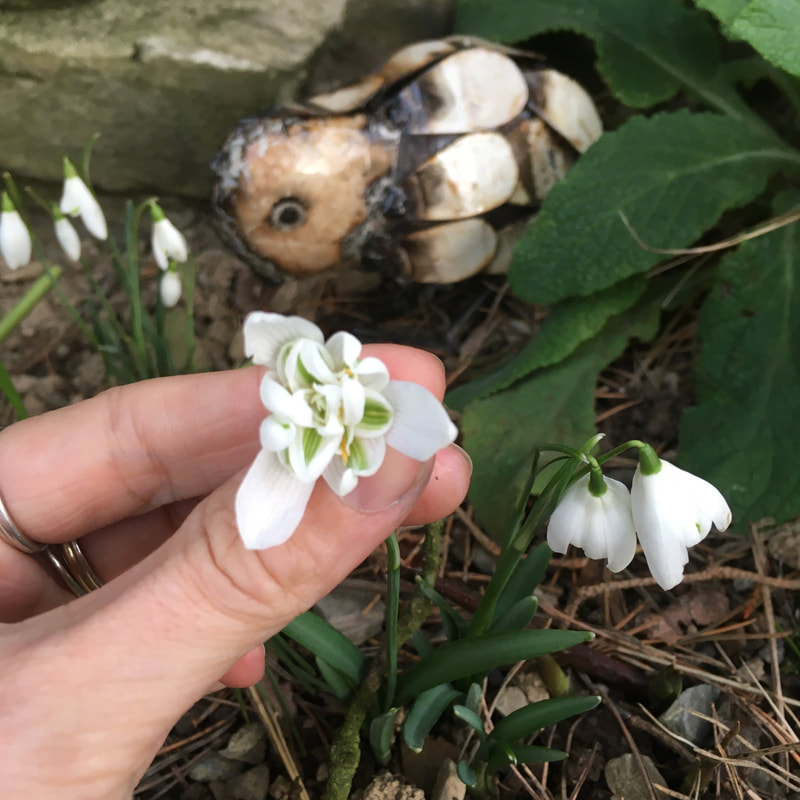
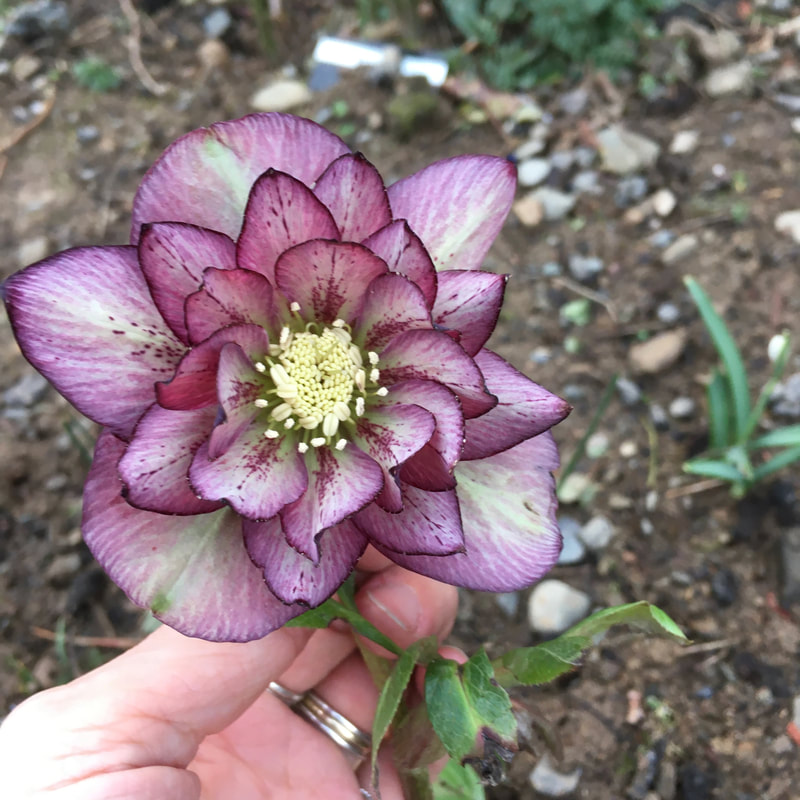
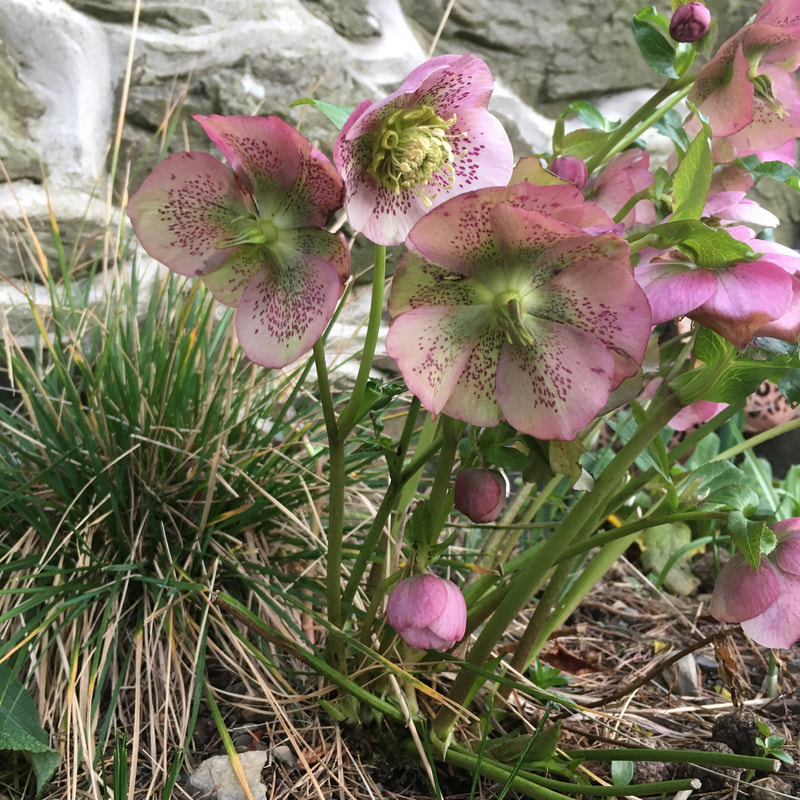
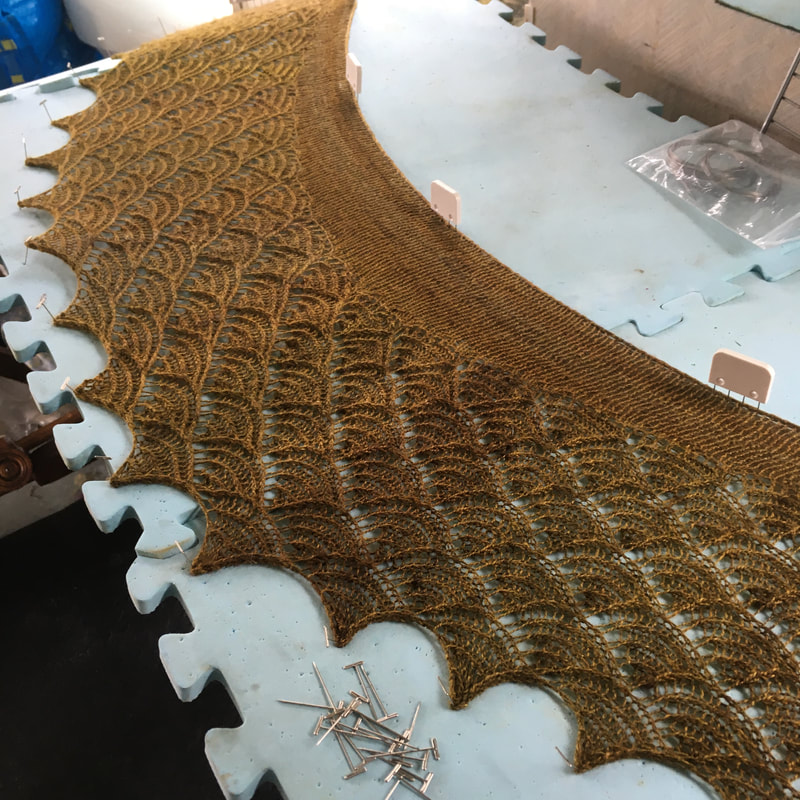
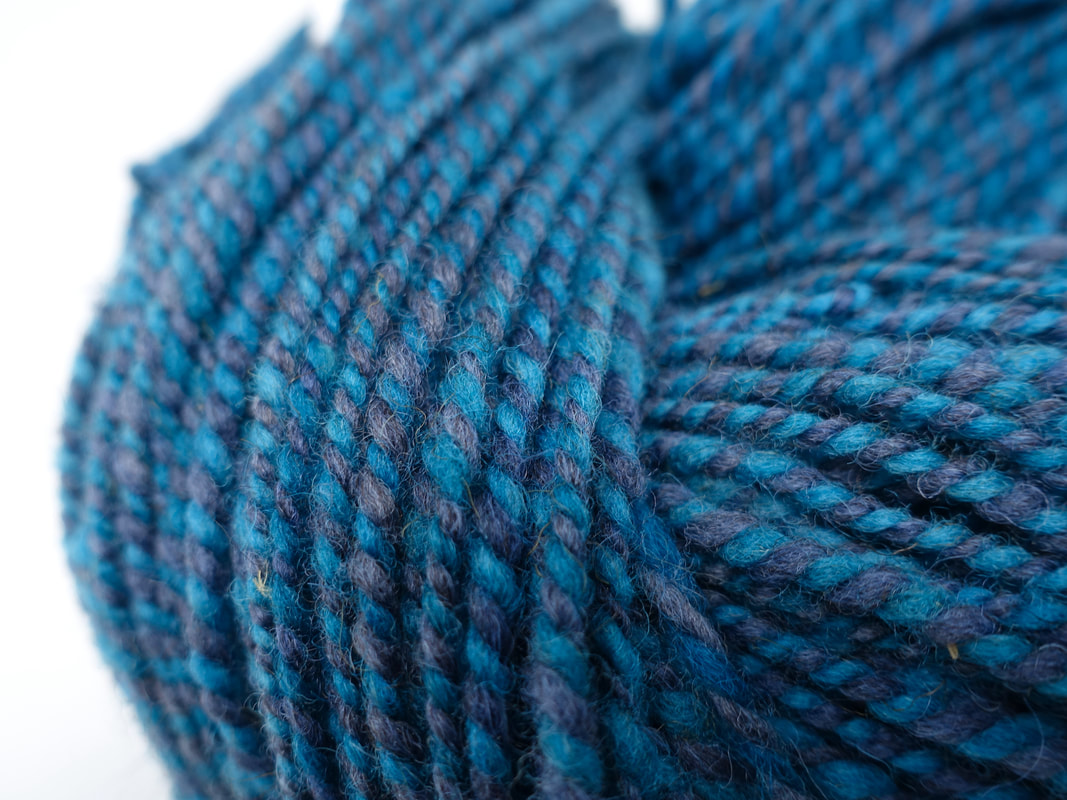
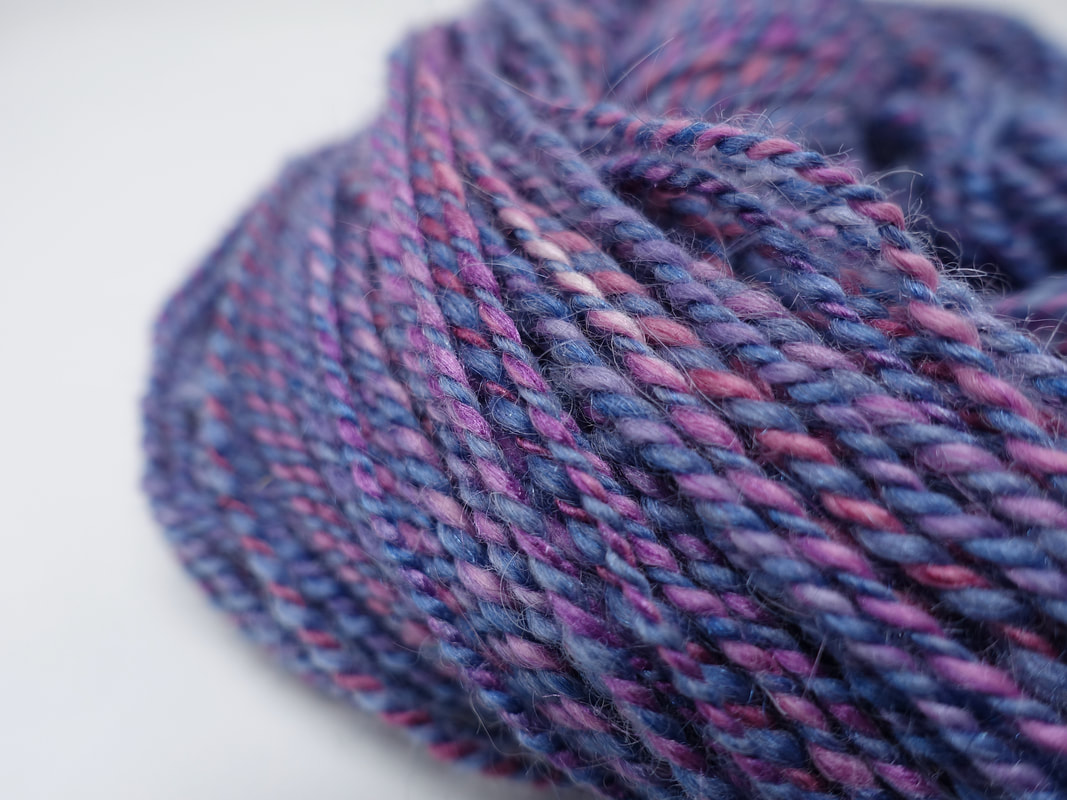
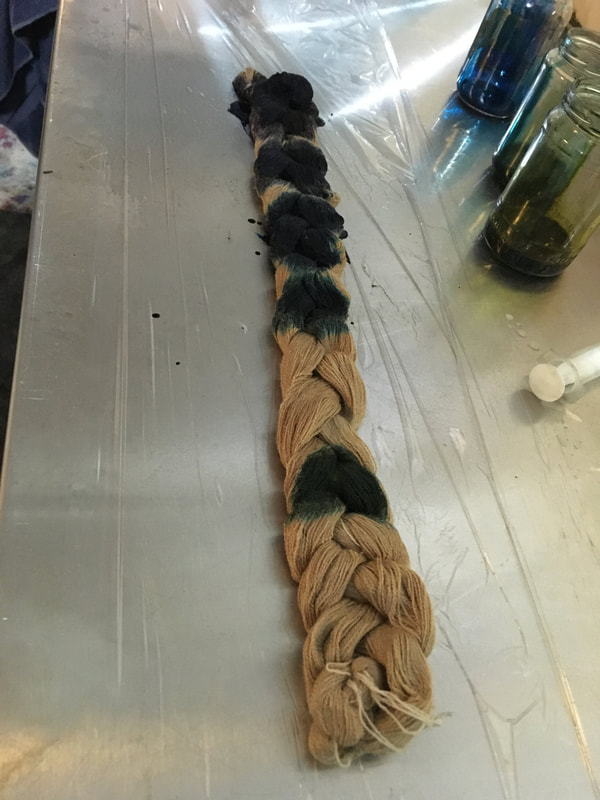
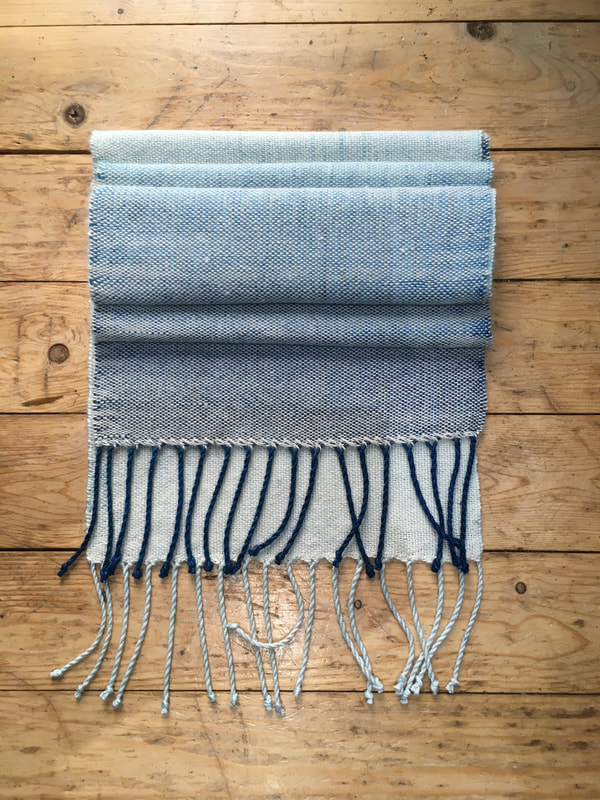
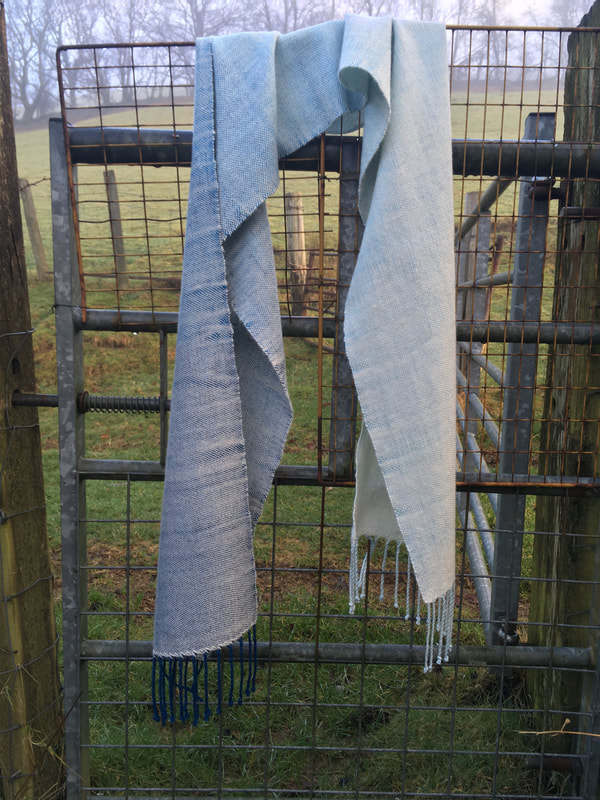
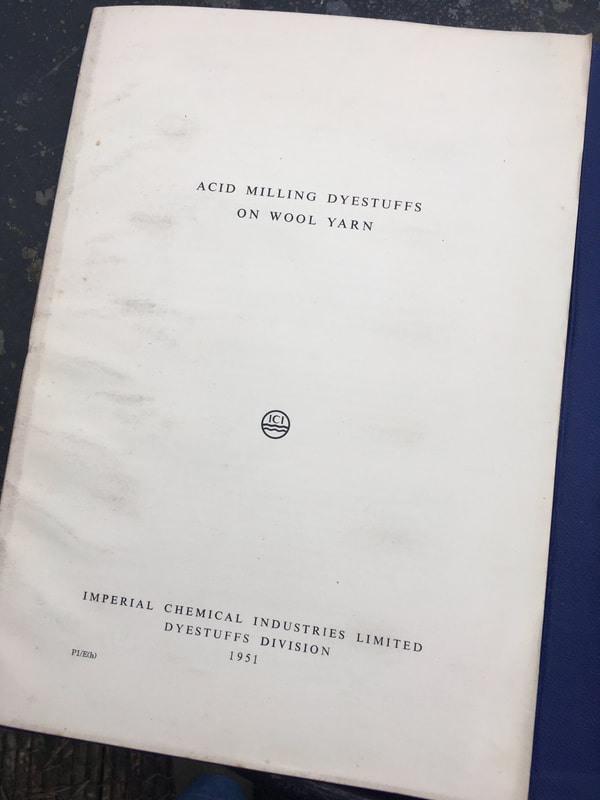
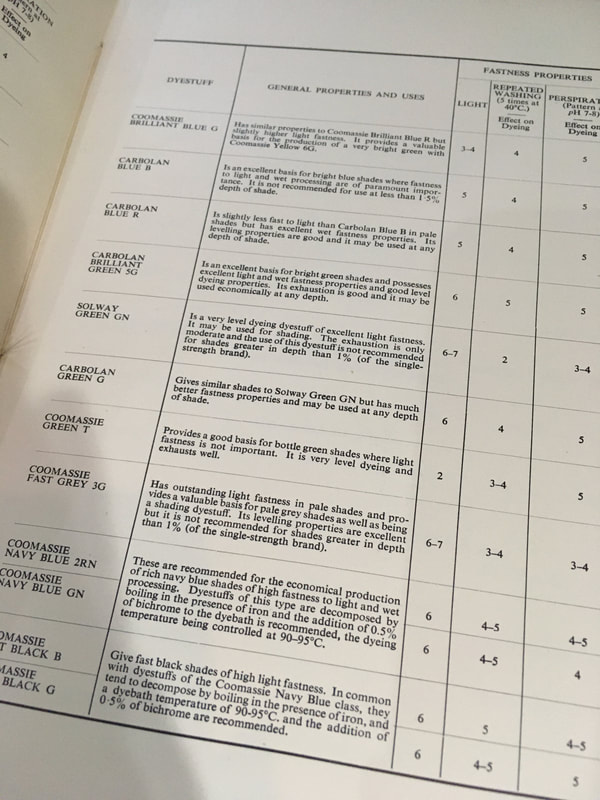
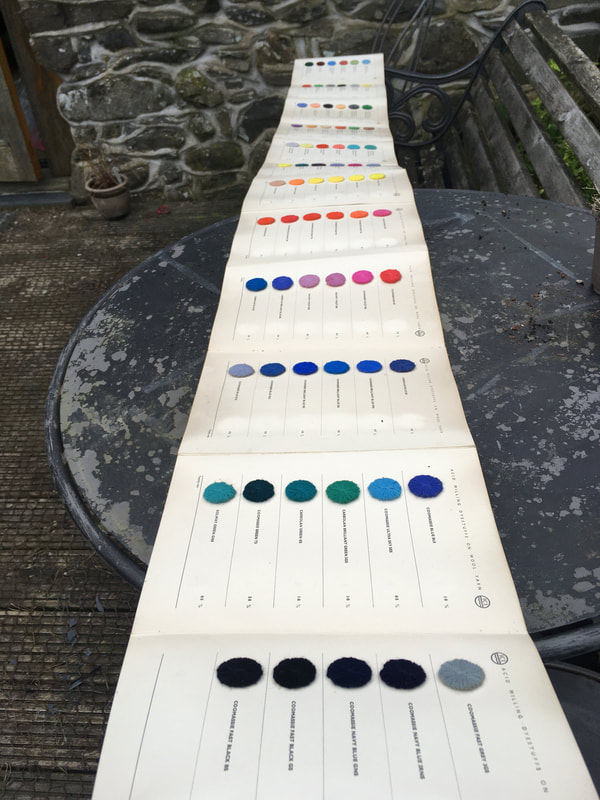
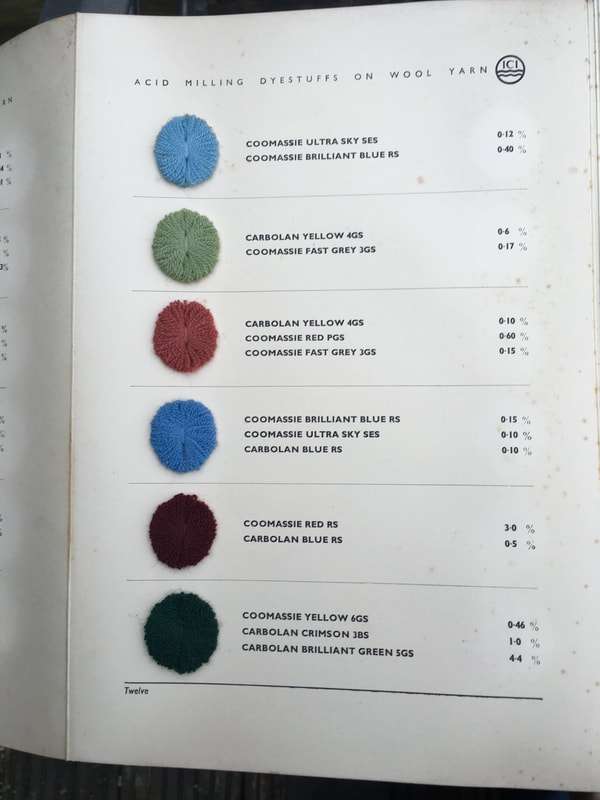
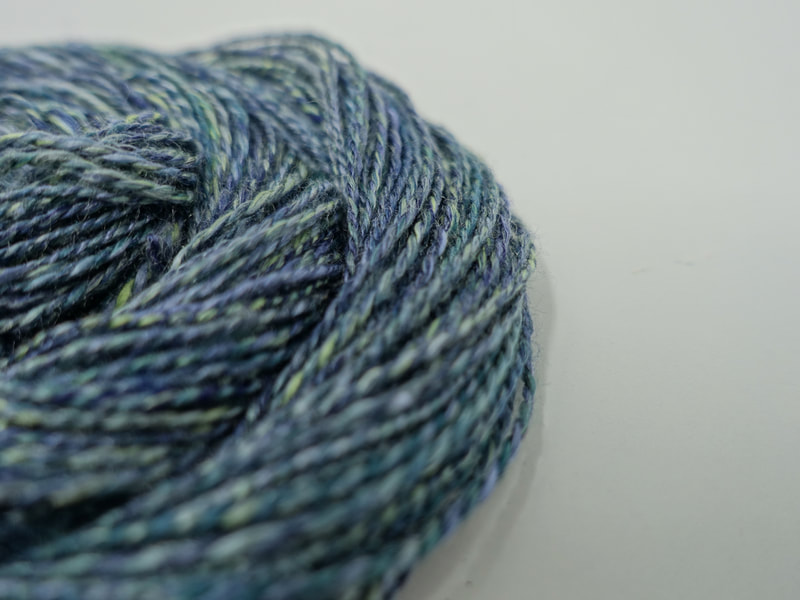
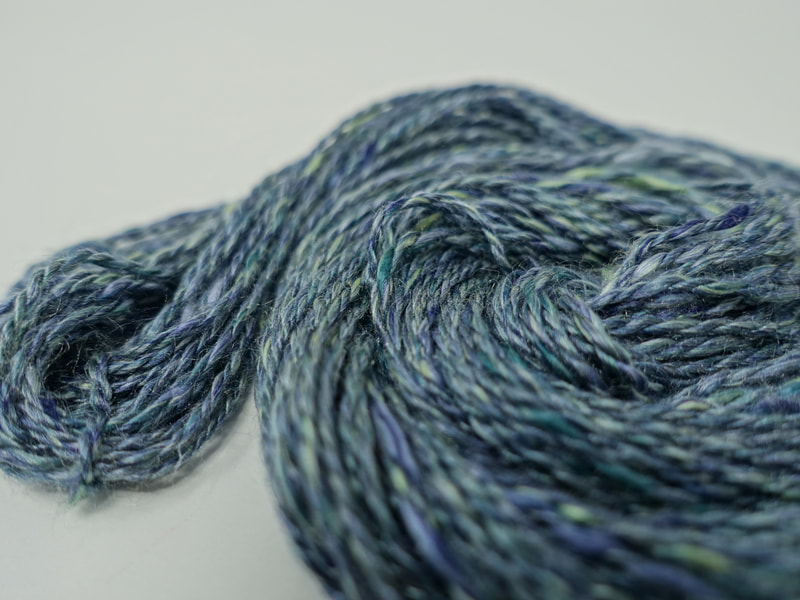
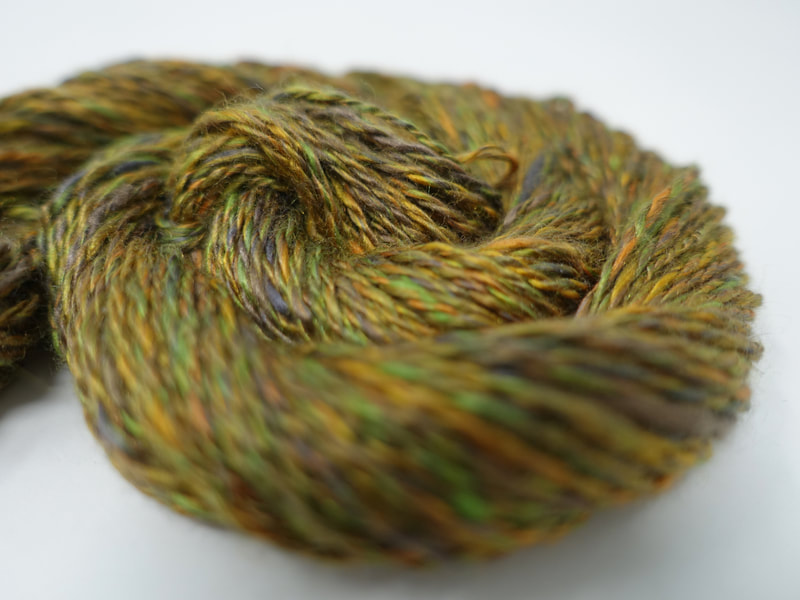
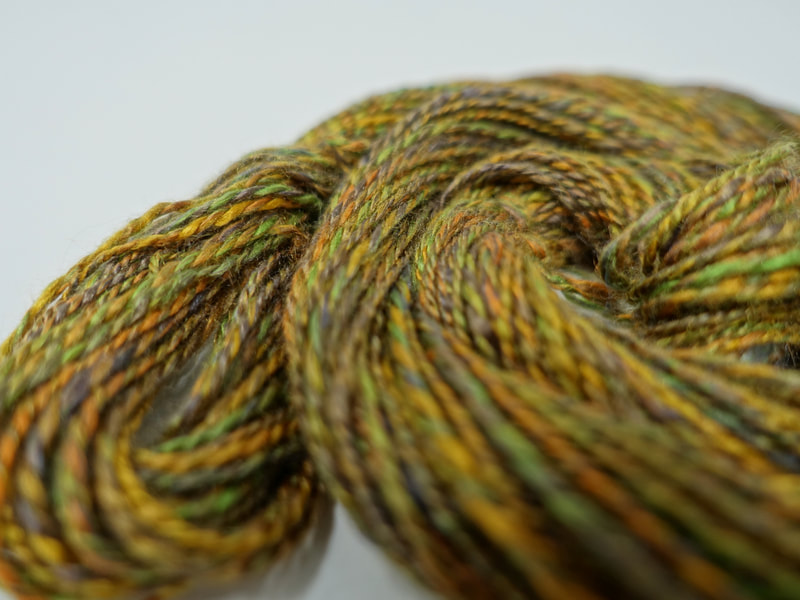
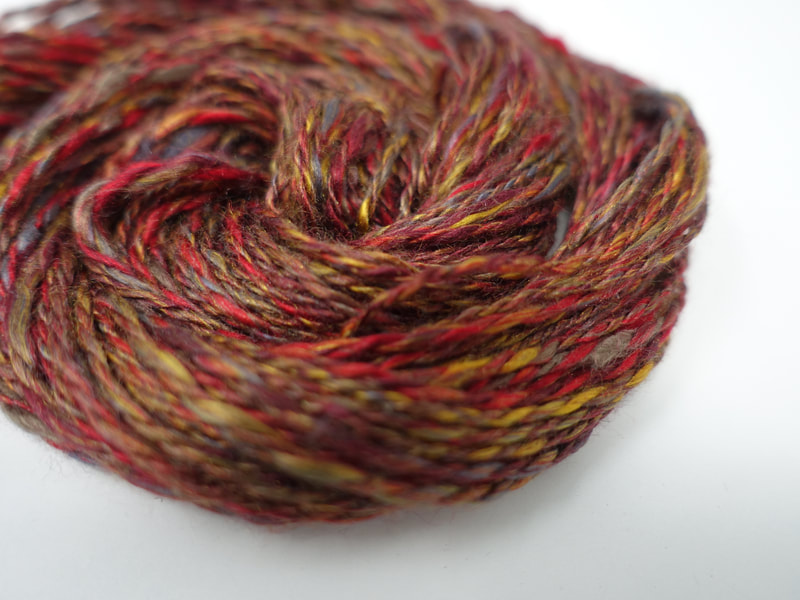
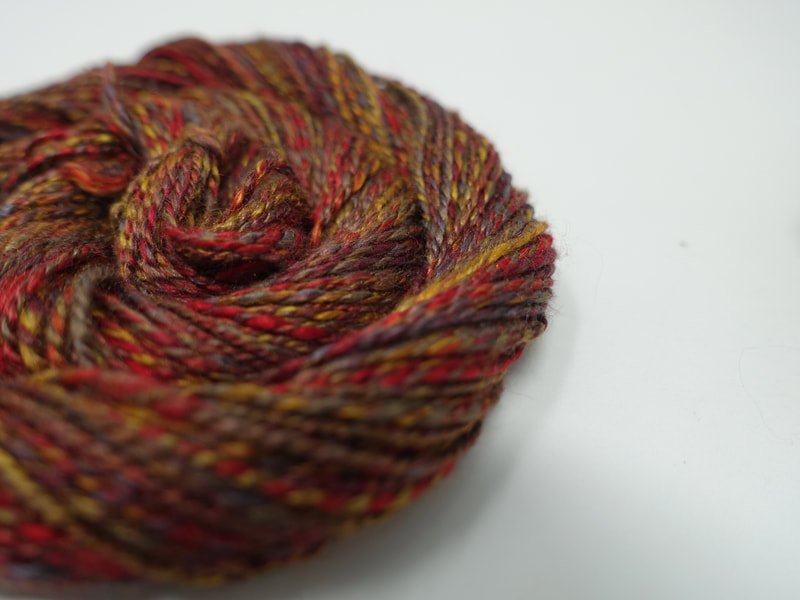
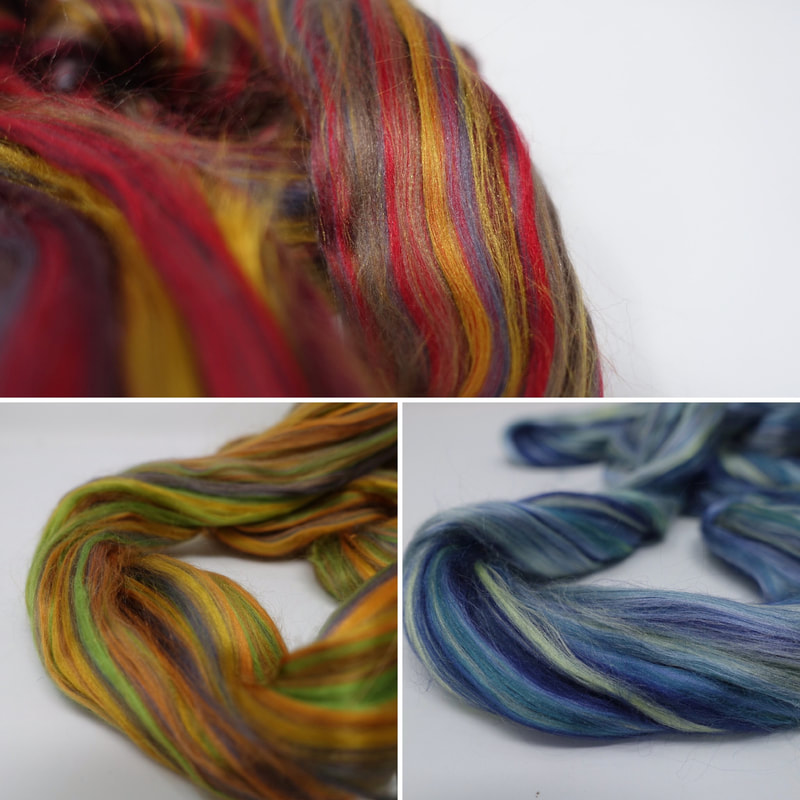
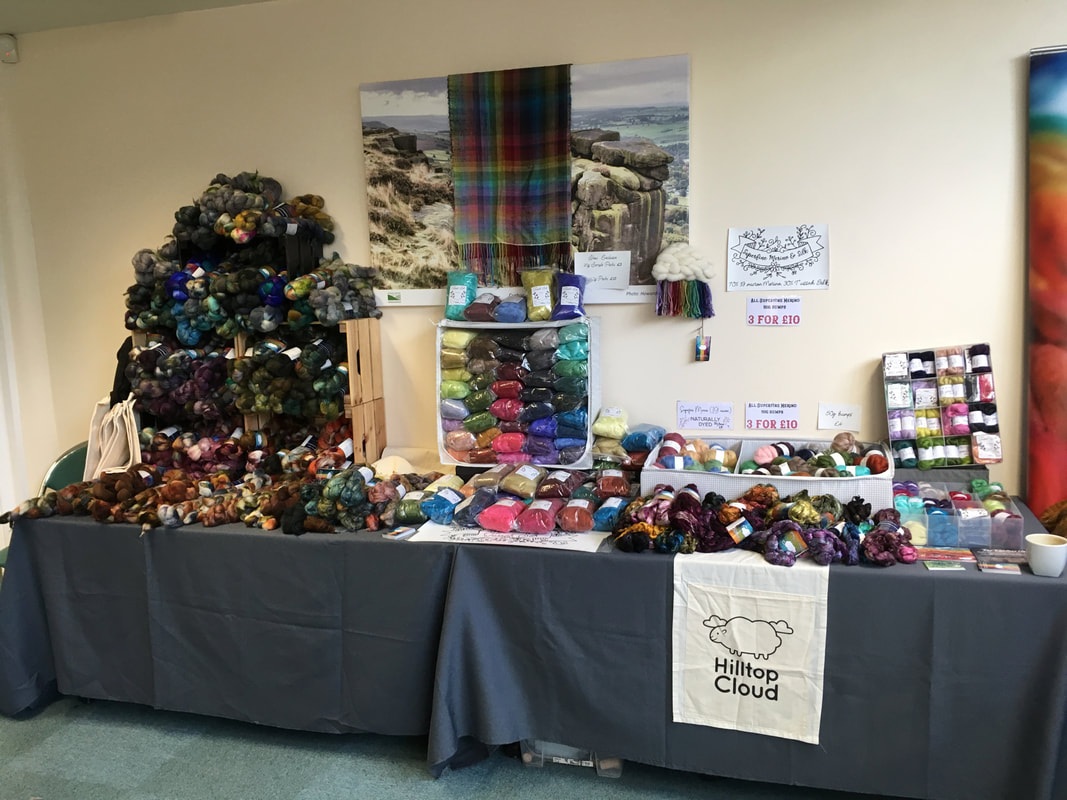
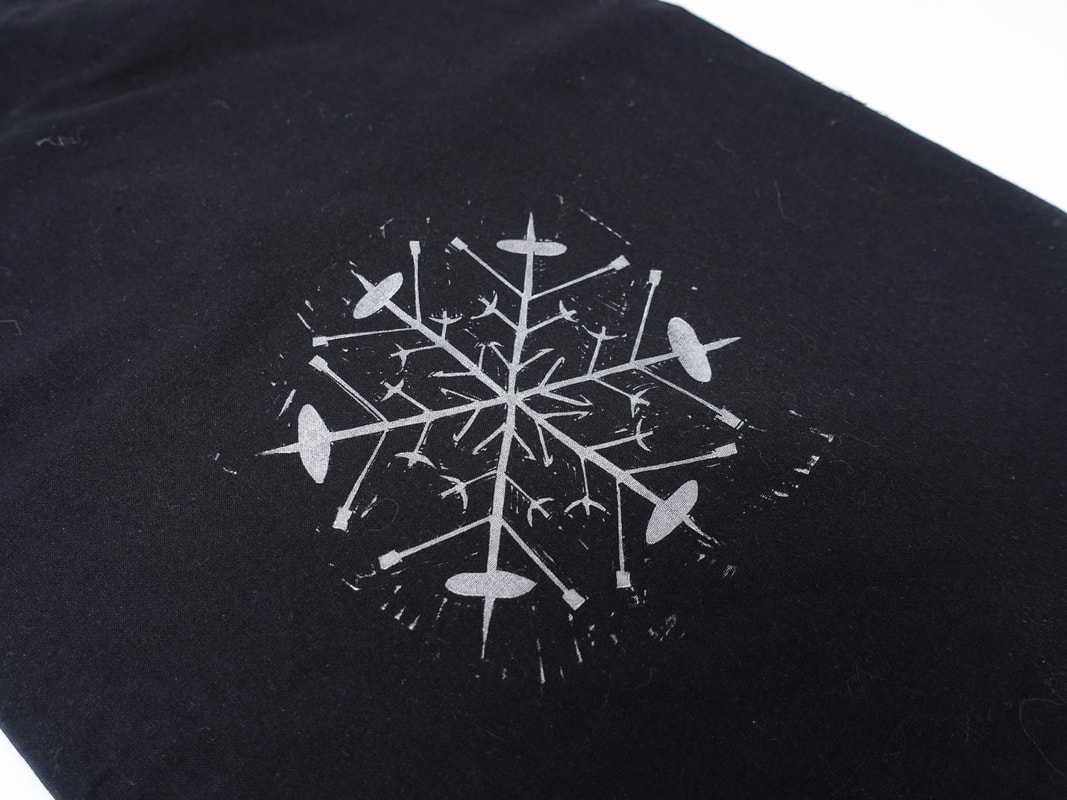
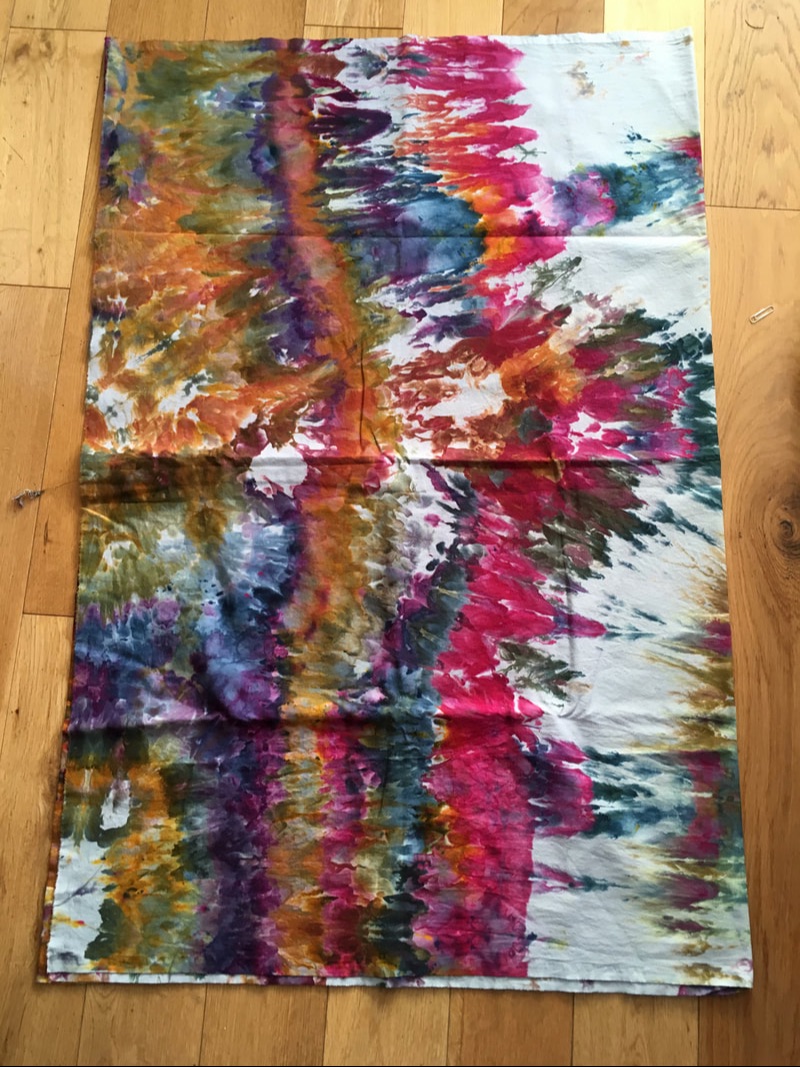
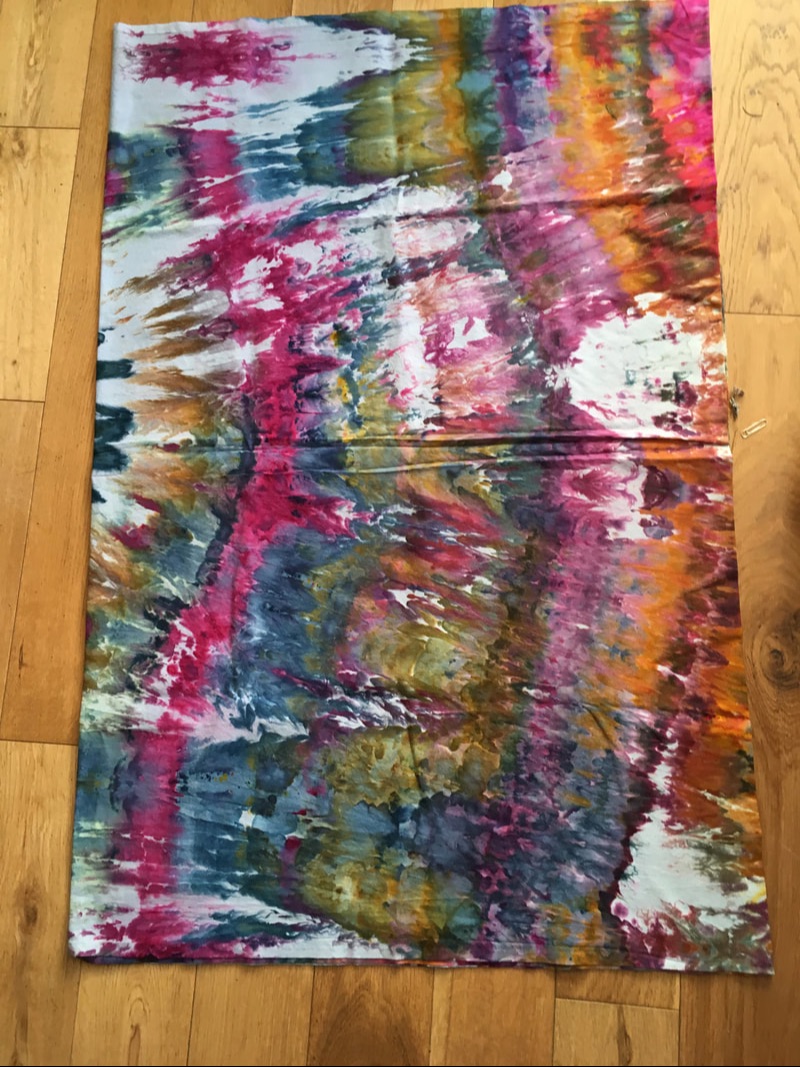
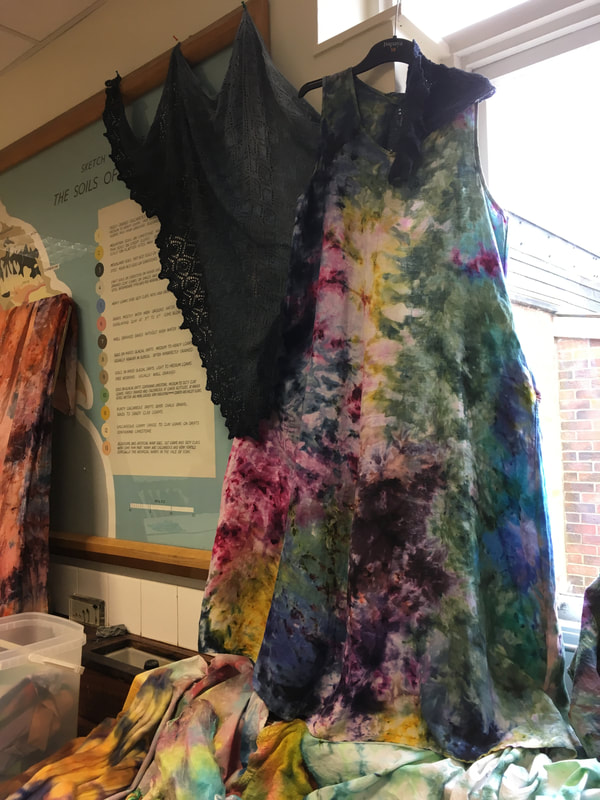
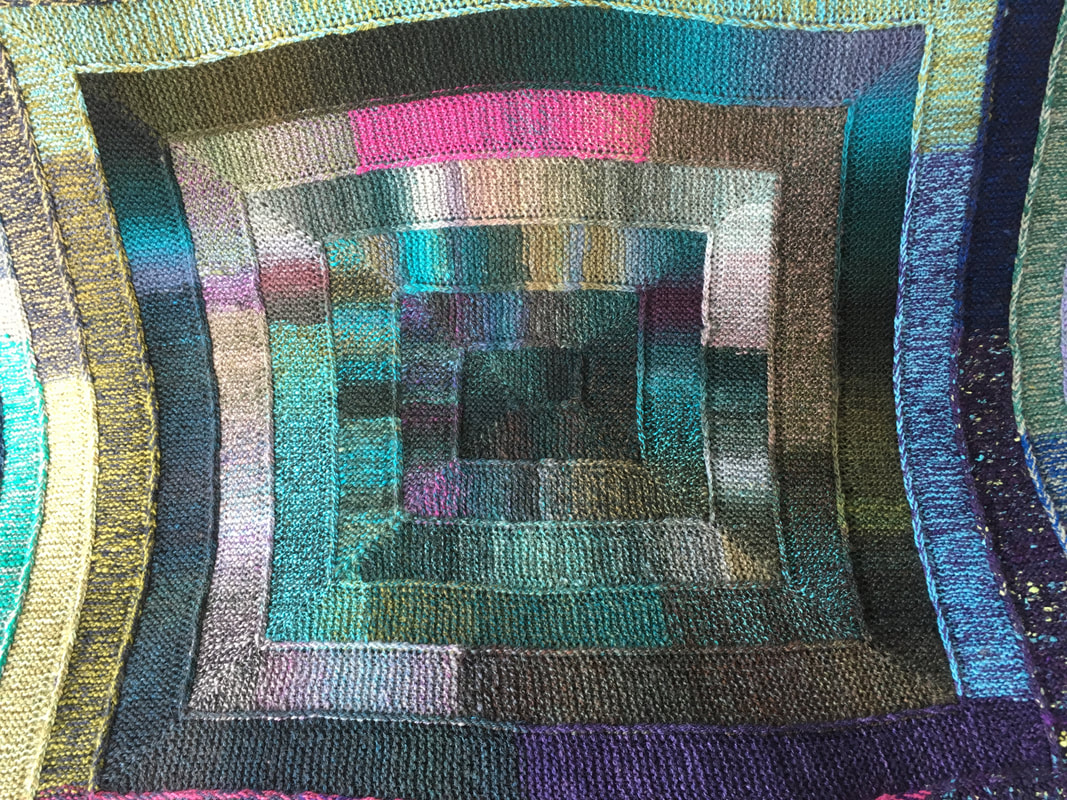
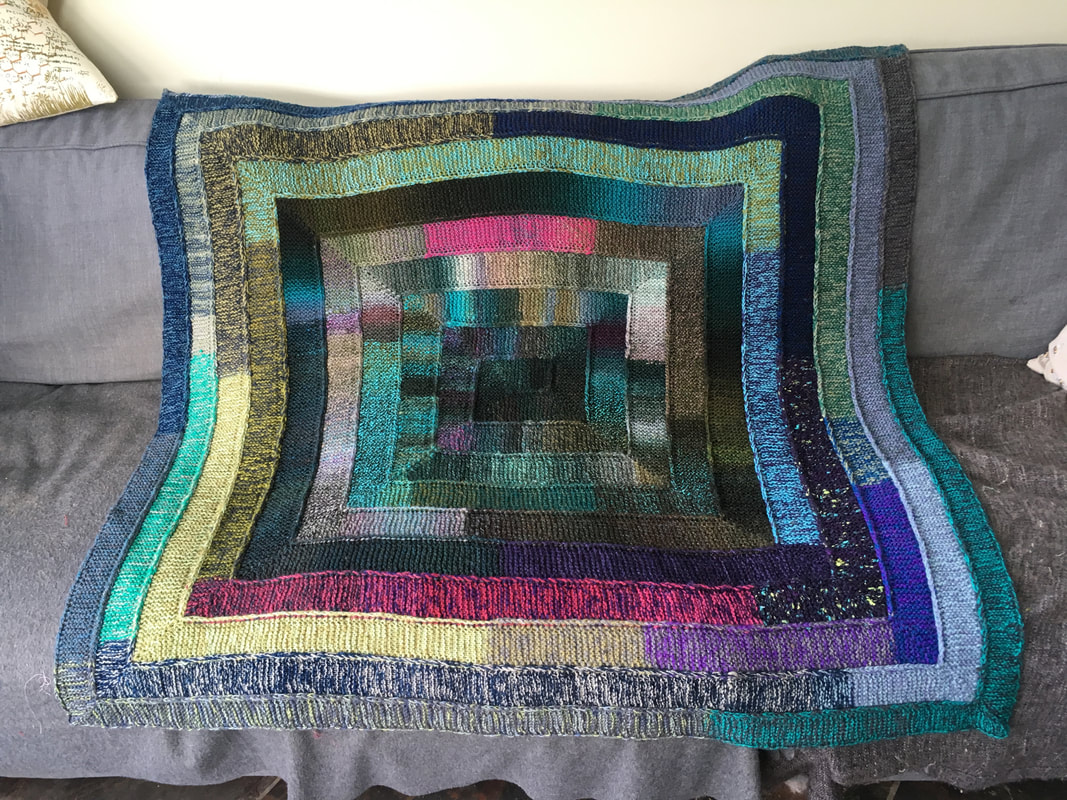
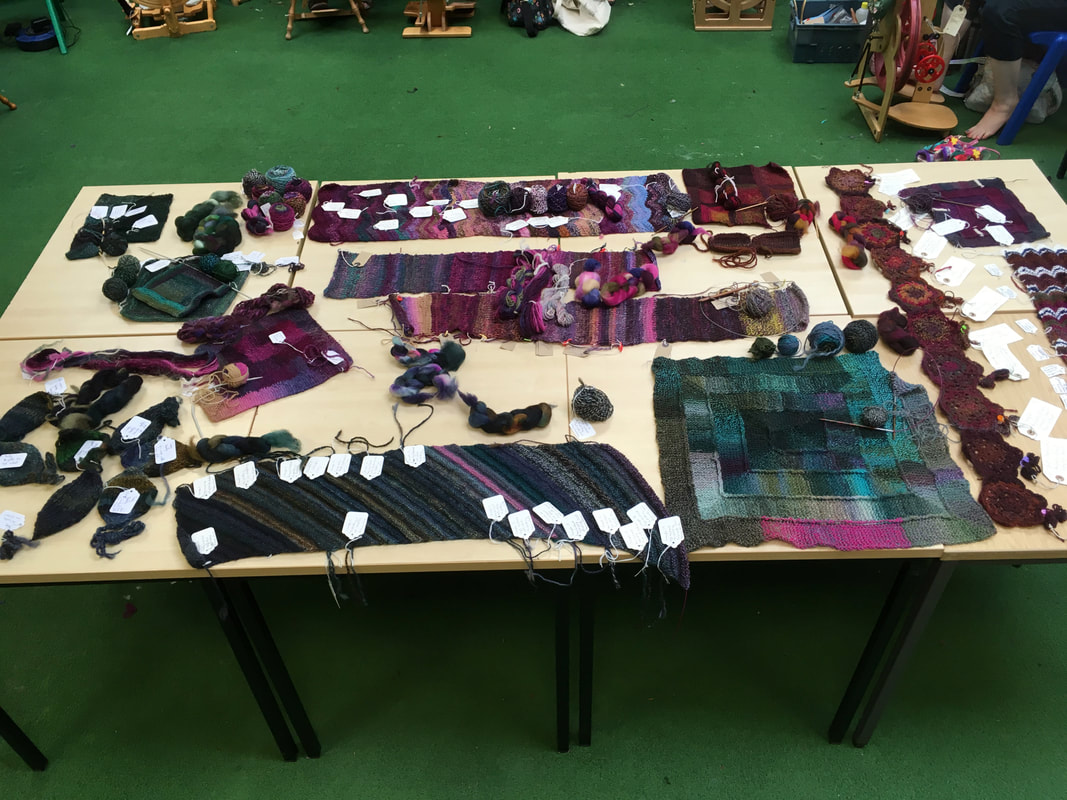
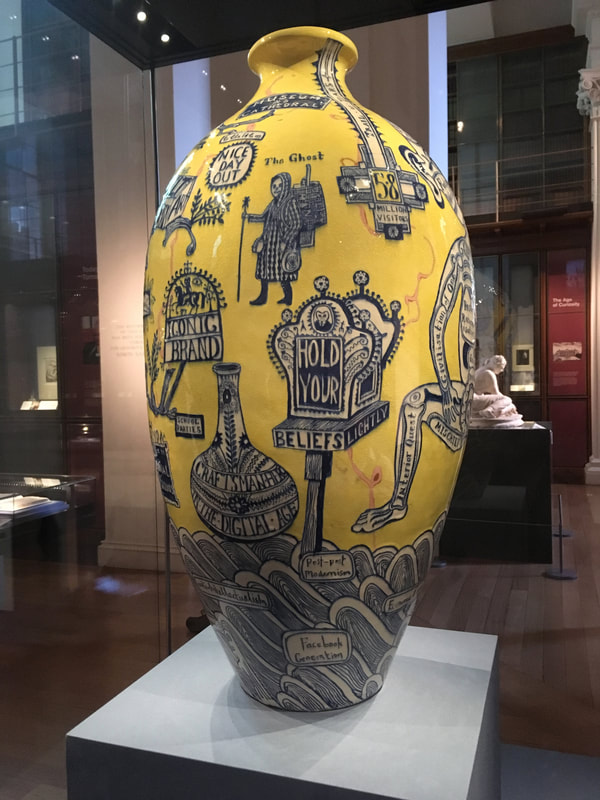
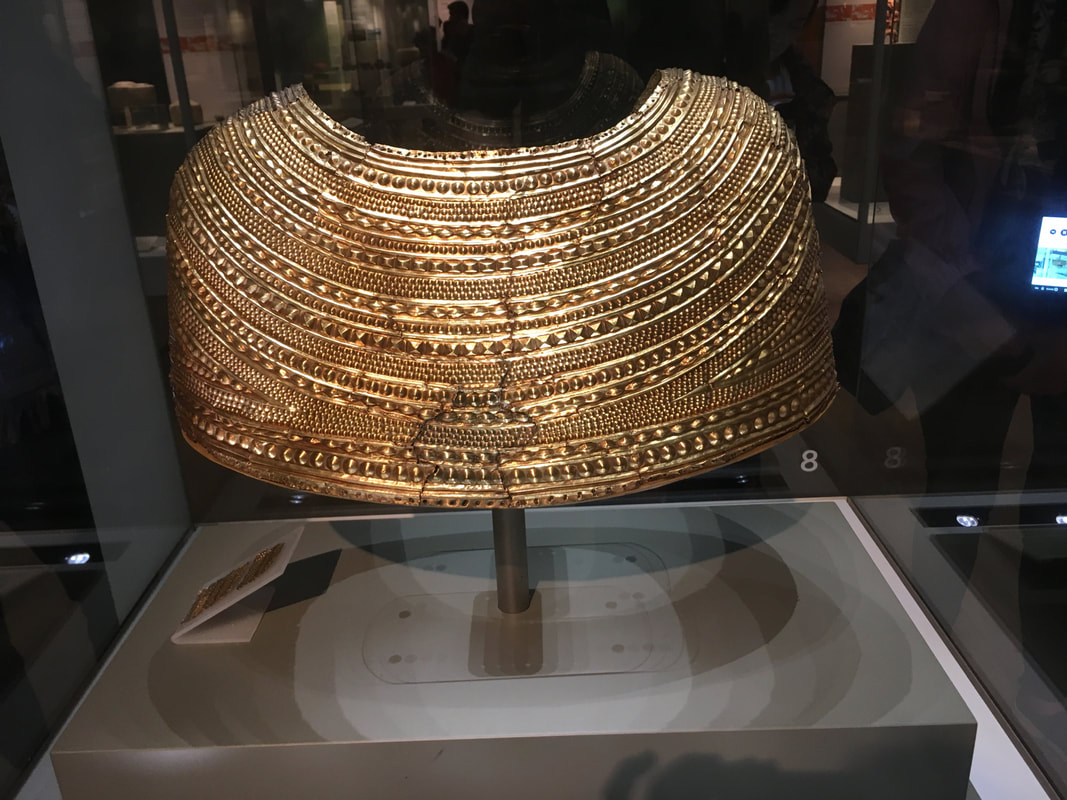
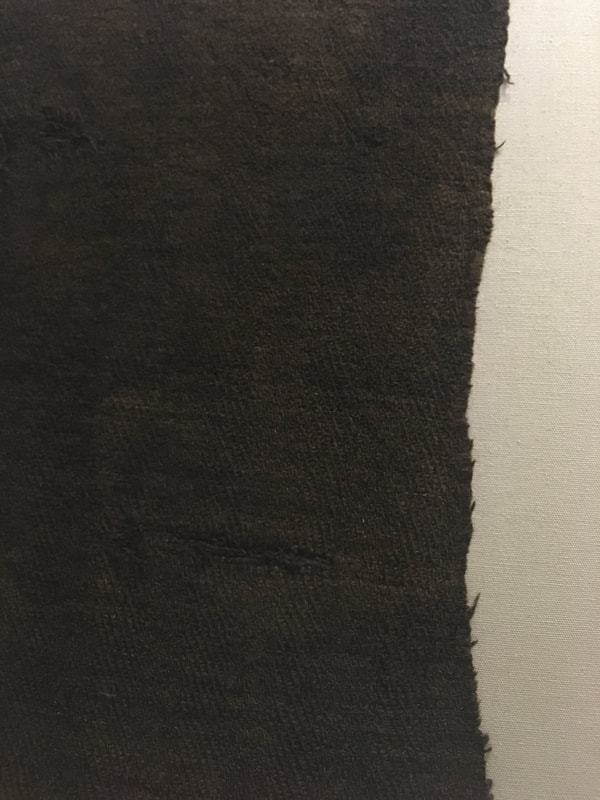
 RSS Feed
RSS Feed


